A rug pad is the quiet hero underneath your rug. The right rug pad adds cushion underfoot, delivers non-slip grip on hard surfaces, protects your floor, and keeps your area rug stable so it won’t slide or creep. Choose a premium pad once and it can make every indoor rug feel better, safer, and longer-lasting.
Why use a rug pad (what it does under your rug)
Think of a pad as a rug underlay or mat that lives underneath the rug. Quality underpads reduce wear on finishes, add comfort underfoot, dampen noise in a living room, and help keep your rug in place on hard surface floors. A good pad also keeps edges flatter, minimizing edge curl and trip hazards so your space is safer.
Quick picks by floor type
-
Hardwood floor / hard surfaces: Use dense felt or felt pad with natural rubber backing (a dual surface pad: cushion + grip) to keep your rugs stable without marring finishes. Choose a non slip rug pad labeled for sealed wood to keep the rug in place.
-
Vinyl/LVP & other sensitive surfaces: Skip rubber/latex. Select a vinyl-safe rug pad gripper (often felt with EVA) that’s suitable for these floors.
-
Tile/stone (hard surfaces): Felt + rubber hybrids offer grip plus cushion.
-
Over carpet: Use carpet pads designed for non-slip carpet applications (a “carpet-to-carpet” carpet underlay) to prevent rug moving on plush pile.
-
Radiant heat: Keep total build modest so heat transfers; look for heat-safe pads.
Tip: To avoid damage, confirm pad compatibility with your floor brand and finish.
Factors to consider when selecting an area rug pad
Cushioning and thickness
Common pad thicknesses range from about 1/16 in. to 1/2 in. Thicker pads add more cushion, but watch door clearance and stability in tight spots. Living rooms and bedrooms often use 1/4 to 3/8 in., while entry areas do well with lower profiles.
Non slip grip
Small rugs and runners need real non slip. Natural rubber provides strong grip on sealed hard surfaces. Felt plus rubber gives cushion and grip in one dual pad that keeps a rug in place.
Eco and indoor air
Prefer low-VOC pads and avoid mystery adhesive films. Indoor VOCs can be higher than outdoors, so low-emission products and ventilation are smart choices.
Price and value
A good pad reduces floor damage and rug wear, which can cost more to fix than the pad itself.
Size and fit
Order or trim so the pad is smaller than the rug on all sides. This prevents the pad from peeking out and helps the rug edge lie flat.
Material match
Choose materials based on goals. Felt for cushion. Natural rubber for grip. Felt plus rubber for a balanced, non-slip rug pad. Memory foam for soft rug feel. Polyester for lightweight options. Avoid PVC on sensitive finishes unless your floor maker says it is suitable.
Floor type
Hardwood, tile, and stone generally work well with felt or felt plus natural rubber. Vinyl and LVP often require rubber-free solutions that are labeled vinyl safe. Carpeted rooms need a carpet-to-carpet system that locks into the nap.
Rug type
Flatweaves usually need more grip. Thick or heavy pile rugs emphasize cushion.
Traffic level
High traffic areas benefit from denser pads that resist compressing and keep rugs safe from sliding.
Allergies and sensitivities
Select low-emission pads and allow air-out time after unboxing.
Maintenance
Lift the rug and vacuum the pad sometimes. Spot clean with mild soap and water if the maker allows. Avoid harsh chemicals.

Types of rug pads (and when to use each)
Pads are available in a variety of materials, each with its own unique features and benefits. The ideal rug or carpet pad for you will depend on the type of rug you have and its intended use. Here are some of the most common kinds of rug underlays:
Felt (recycled or wool)
Dense cushion, great sound damping; best under larger area rugs that don’t need extra grip. Improves overall rug feel.
Felt + rubber (hybrid)
The most popular non-slip rug pads for hard surfaces; cushion + non-slip backing to keep your rug in place.

Natural rubber
Real grip for smaller rugs and runners; pairs well with felt (a dual construction).

Memory foam
Plush cushion; choose versions with added gripper texture if you need more non-slip on hard floors.

Latex
Similar caution as PVC on sensitive floors; verify before use.

PVC
Cheap and grippy at first, but many finishes dislike PVC; check your warranty before using. Some retailers market these as “Ultra Stop” pads.

Jute
Plant based fiber used as a woven face or felted layer. Jute alone adds texture and light cushion but offers very little grip. Some jute rug pads are jute on top with a natural rubber base for non slip on tile, stone, or sealed hardwood. Do not use rubber backed jute on vinyl or LVP unless the floor maker states it is suitable. Avoid damp areas since jute is more sensitive to moisture.

Polyester
Lightweight budget option with modest padding.

Example spec language shoppers look for: “This pad is made of recycled felt with natural rubber backing for secure grip.”
By considering the pros and cons of each kind of rug pad, you can choose the one that best meets your needs in terms of performance, durability, and budget.
Benefits of Rug Pads
They offer several benefits, including:
Protection:
A rug pad provides a protective layer between your rug and the floor, preventing scratches, dents, and other damages caused by heavy foot traffic or furniture. This protection can help extend the lifespan of both your rug and your floor.
Comfort:
A rug pad adds an extra layer of cushioning under your rug, making it more comfortable to walk on. This additional cushioning can reduce foot fatigue and make your rug feel softer and more luxurious.
Safety:
A rug pad prevents your rug from slipping and sliding, reducing the risk of accidents. This is especially important for high-traffic areas or homes with children or elderly individuals.
Noise Reduction:
A rug pad absorbs sound, making your home quieter. This can be particularly useful in apartments or homes with hardwood or tile floors, where noise can easily travel and disrupt your daily activities.

Sizing your rug pad (and common sizes)
A pad should be sized about 1–1.5 inches smaller than the rug on all sides so it won’t peek out. Typical listings include: 2x3, 2 x 3, 3x5, 4x6, 5 x 7, 5x8, 7x10, 8x10, 8 x 10, 9x12, and even x 10 ft runners. For hallways, choose a runner length that leaves a few inches of floor reveal at each end. If you need custom sizes or shapes, most pads trim cleanly with sharp scissors.
Color notes: some pads come in grey/gray and black; color rarely shows, but it’s nice if you prefer a uniform look beneath lighter and thinner rugs.

The Risks of Using Low-Quality Rug Pads
Using a low-quality pad can be detrimental to both your floors and your health. These pads are often made with toxic chemicals and adhesives that can cause damage and discoloration to your flooring, as well as pose health risks to you and your family.
Discoloration and warranty issues on vinyl and LVP
Rubber or latex backed mats can permanently stain some vinyl floors due to antioxidant migration. Many manufacturers advise using non-staining alternatives and avoiding rubber or latex backings. Always check the floor warranty.
Residue from coatings and adhesives
Some low-cost pads rely on adhesive films or coatings for grip. Residues can be difficult to remove and may interact with certain finishes over time. When in doubt, select a pad type your floor maker lists as non-staining or vinyl safe.
Indoor air quality concerns
Many consumer products emit VOCs, and indoor levels are often higher than outdoors. Choose low-emission pads, air out new products, and ventilate during cleaning. EPA and CPSC provide guidance for reducing exposure indoors.
Slippage and creeping
Pads that compress quickly or lose tack can allow rugs to shift, which raises fall risk. Choose a construction that matches your floor and rug weight.

The rug pad caused damage to the hardwood floor
Installation & extras
Lay the rug pad squarely, then the rug on top. If corners lift, a small piece of tape rated for flooring can tame an edge (test first). For strong grip on small mats, a rug gripper strip or anti-slip mesh can help keep rugs from budging. Avoid solvent adhesives on finished floors.
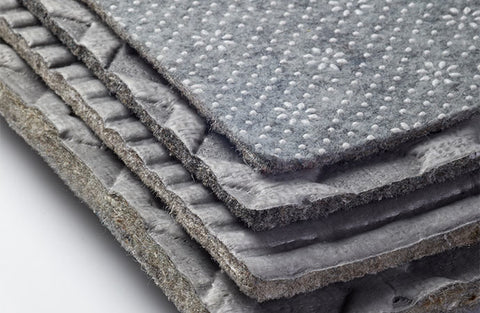
Care & longevity
Occasionally lift the rug and vacuum dust from the pad. Spot clean with mild soap and water as needed. Quality pads are durable and can last years; replace when compressed or slick. Many sellers offer a broad selection of thicknesses so you can balance cushion and door clearance.
FAQ
Here are some frequently asked questions and answers about rug pads:
What is the difference between a non slip rug pad and a felt pad?
A non slip rug pad refers to a pad with a grippy backing designed to stop movement. Common grippy backings include natural rubber, latex, EVA that is labeled vinyl safe, and PVC mesh.
A felt pad is a cushion layer that adds comfort and protects finishes but provides little to no grip on its own.
If you want both comfort and stability on hard surfaces like hardwood or tile, choose a hybrid felt plus grippy base (for example felt with natural rubber).
Which pad will keep my rug in place on tile?
Use a hybrid felt plus natural rubber on clean, sealed tile or stone for strong grip and cushion. Mesh waffle pads can also work on sealed tile and stone when the flooring manufacturer allows that backing. Always test first.
Are non skid pads or “non slip carpet” products safe for vinyl plank?
For vinyl and LVP, avoid rubber or latex backings unless your floor brand explicitly says they are compatible. Choose a vinyl-safe option, often felt with an EVA backing, and check the warranty or care guide.
What sizes should I order?
Trim the pad so it is about 1 to 2 inches smaller than the rug on all sides.
Examples: rug pad 5x8, 8x10 or 8 x 10, 9x12, 4x6, 3x5. For an 8x10, a typical cut is about 7’10” x 9’10”.
Will a pad keep rugs safe on stairs or in busy entries?
A quality non slip pad reduces shifting, which improves safety. On stairs, use solutions made for stair runners: a thin tread-sized non slip pad plus stair-rated rug tape or a professional installation that uses appropriate fasteners. For busy entries, choose a low-profile non slip pad and keep floors clean and dry.
Do I need a premium pad if I bought the rug at a big-box store like IKEA?
A better pad usually improves comfort, stability, and longevity regardless of where the rug came from. Upgrading the pad is often the easiest way to improve how a rug feels and behaves.
Do I ever use tape instead of a pad?
Use a pad first. Tape can be a helper for a stubborn corner or edge. If you use tape, choose flooring-safe tape, test in a hidden spot, and avoid solvent-based adhesives on finished floors.
What rug pad size is good for an 8x10 rug?
Aim for about 7’10” x 9’10”. The goal is 1 to 2 inches shorter on every side so the pad stays hidden and the edges lie flat.
How often should I replace my rug pad?
Lifespan depends on material, traffic, and care. A quality hybrid or dense felt pad can last many years; budget mesh styles may need replacement sooner if they compress or lose grip. Replace any pad that shows flattening, crumbling, residue, or sticking.
Should a pad be the same size as the rug?
No. Keep it slightly smaller by 1 to 2 inches on each side to prevent peeking, curling, or interference with the binding.
How do I clean a rug pad?
-
Routine: lift and vacuum both pad and rug to remove grit.
-
Spots: blot with mild soap and water, then rinse and air-dry completely.
-
Avoid: bleach, ammonia, harsh solvents, and machine washing unless the maker states it is allowed.
-
Drying: air-dry flat. Do not use high heat.




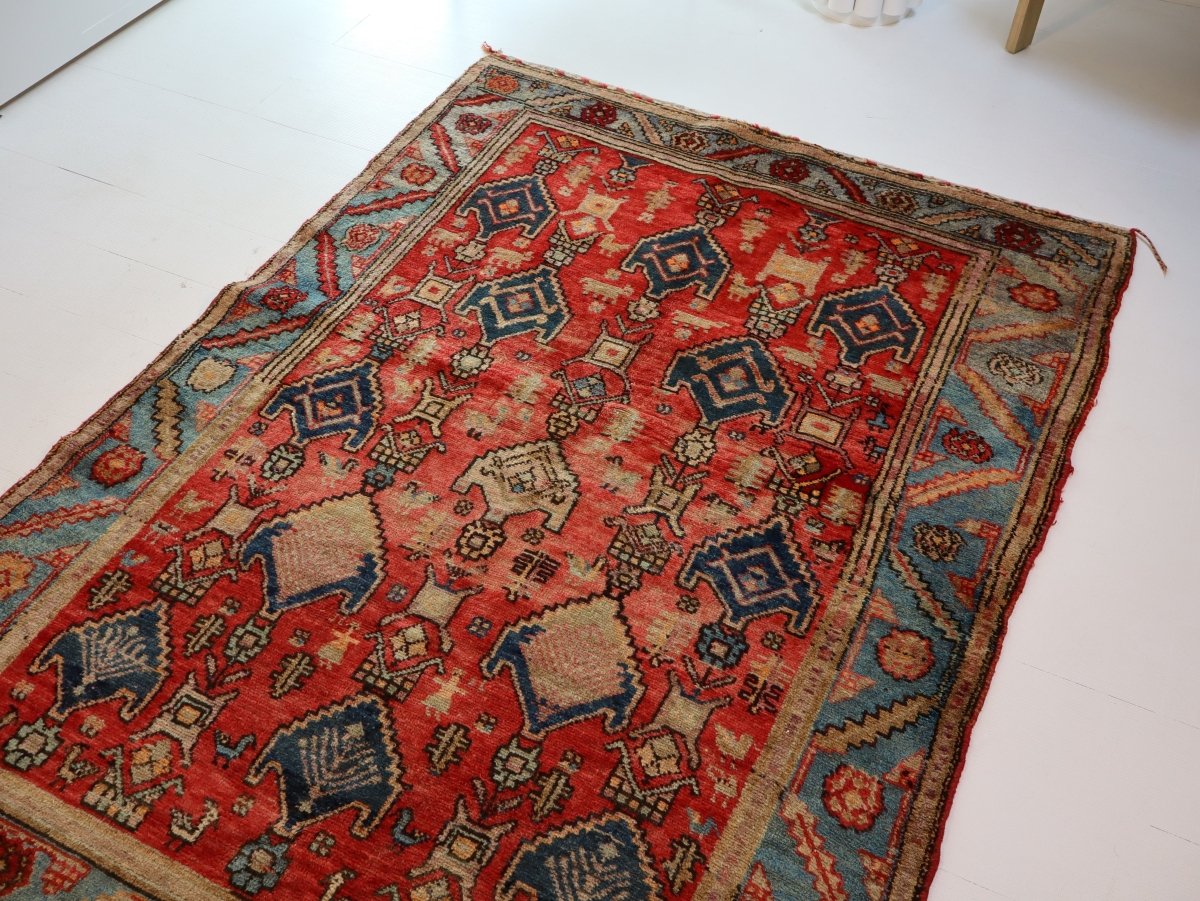


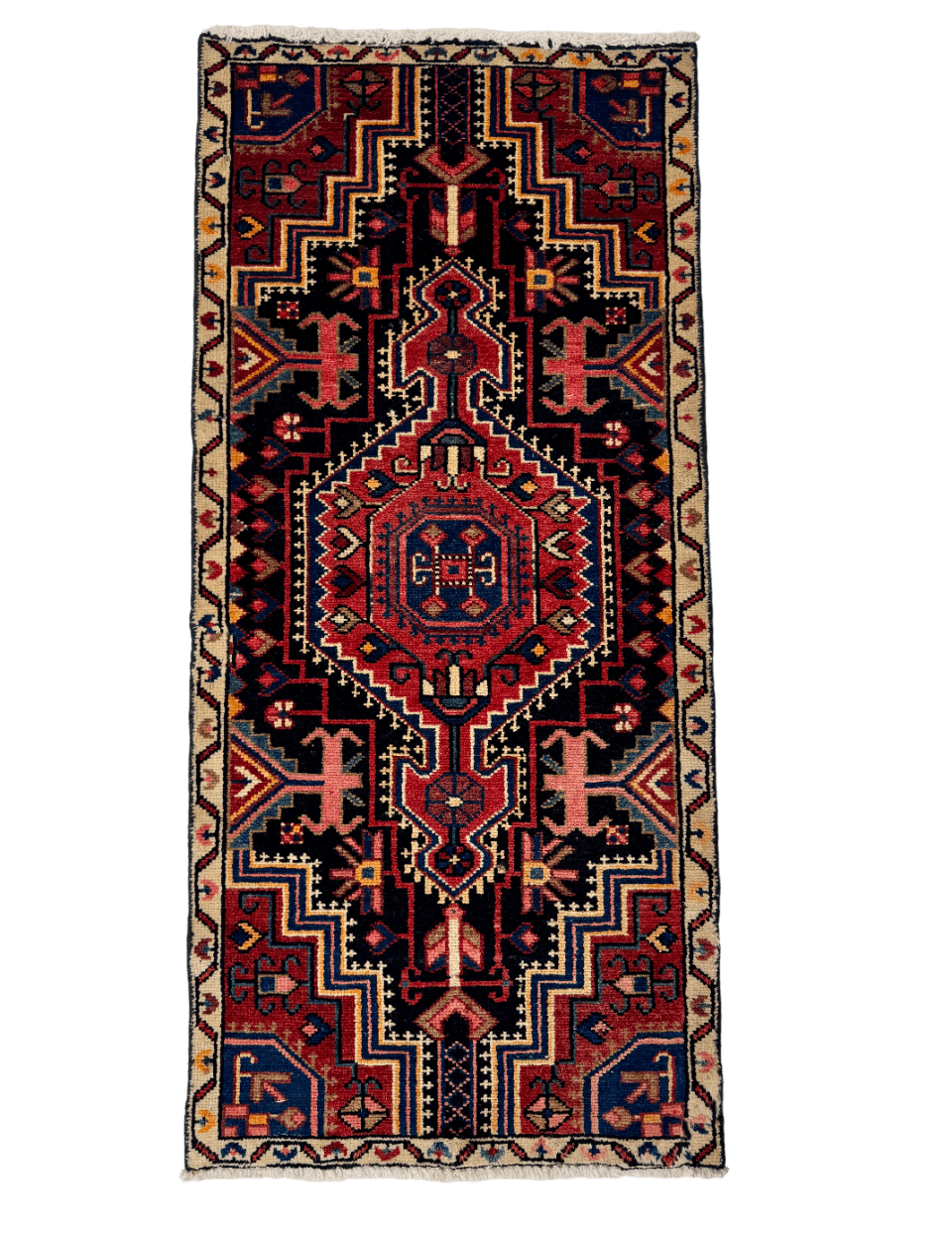
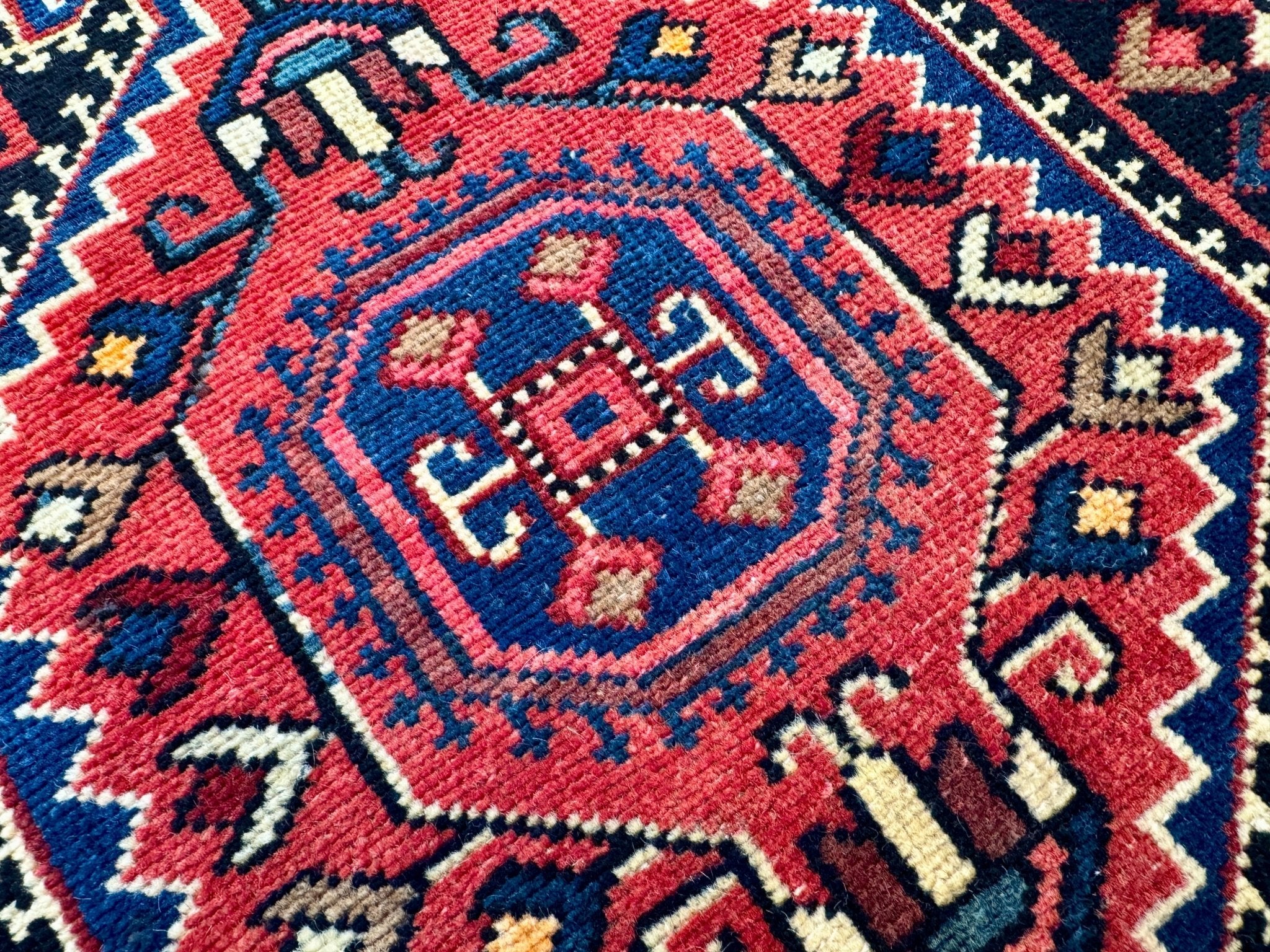
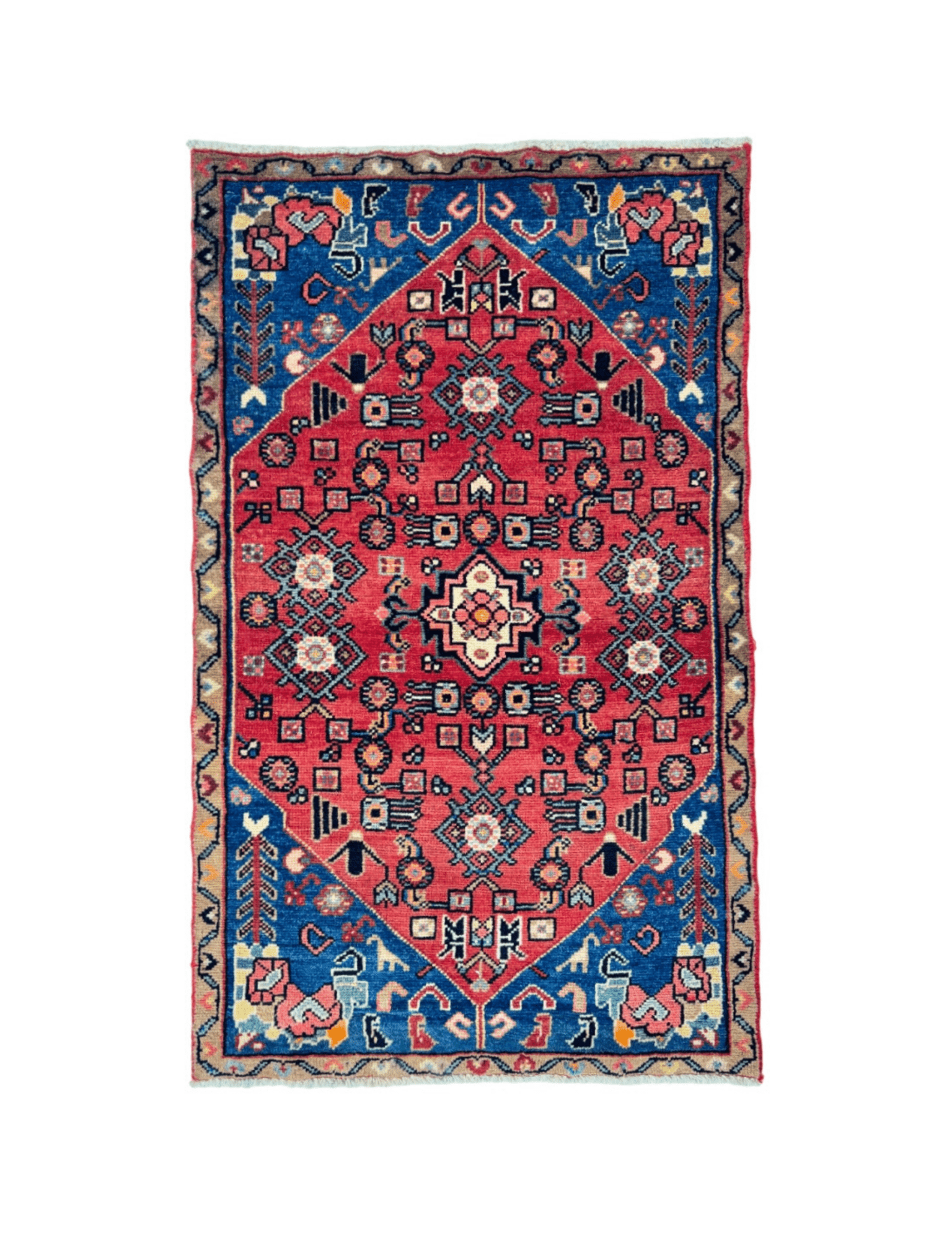
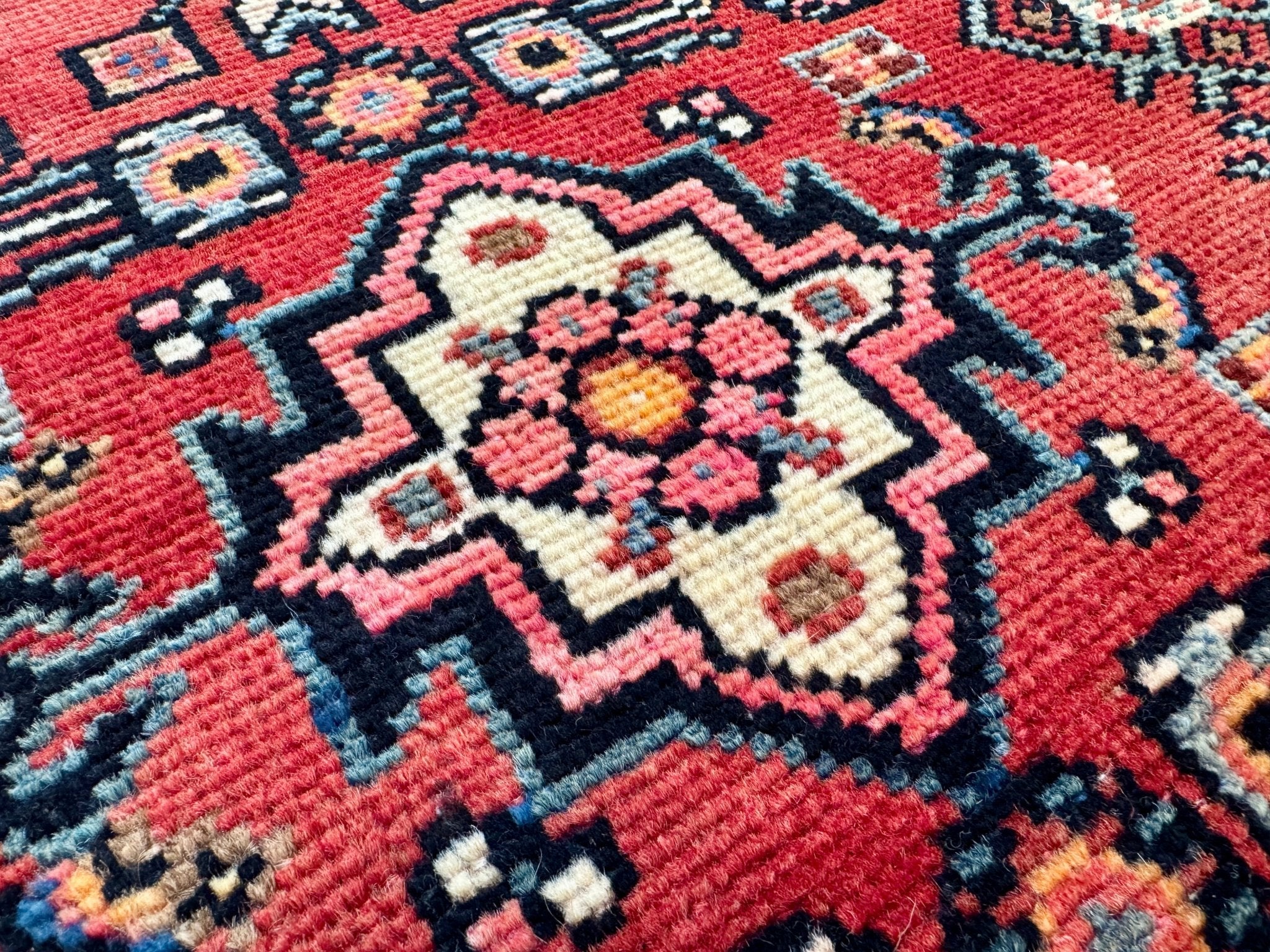
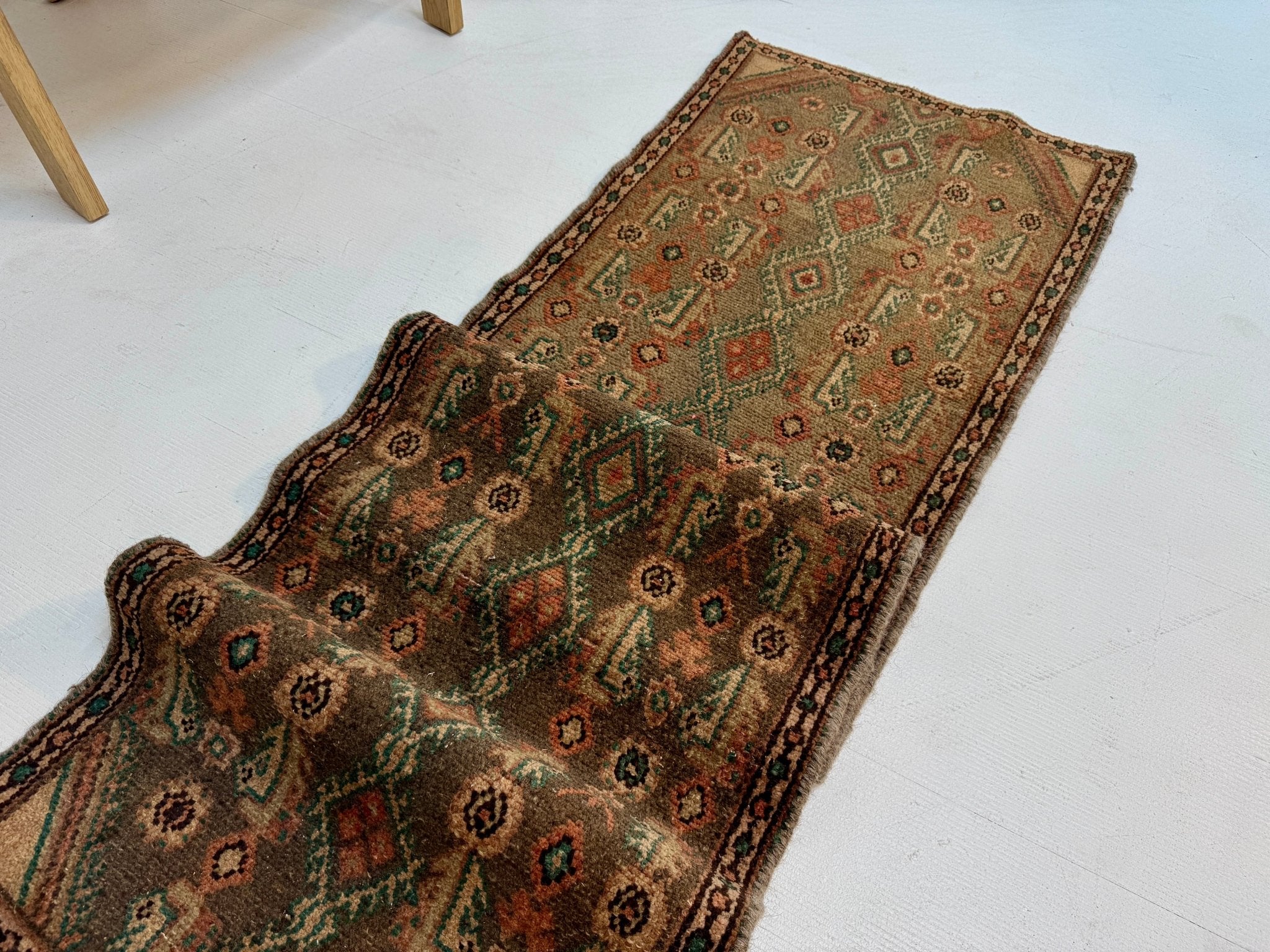
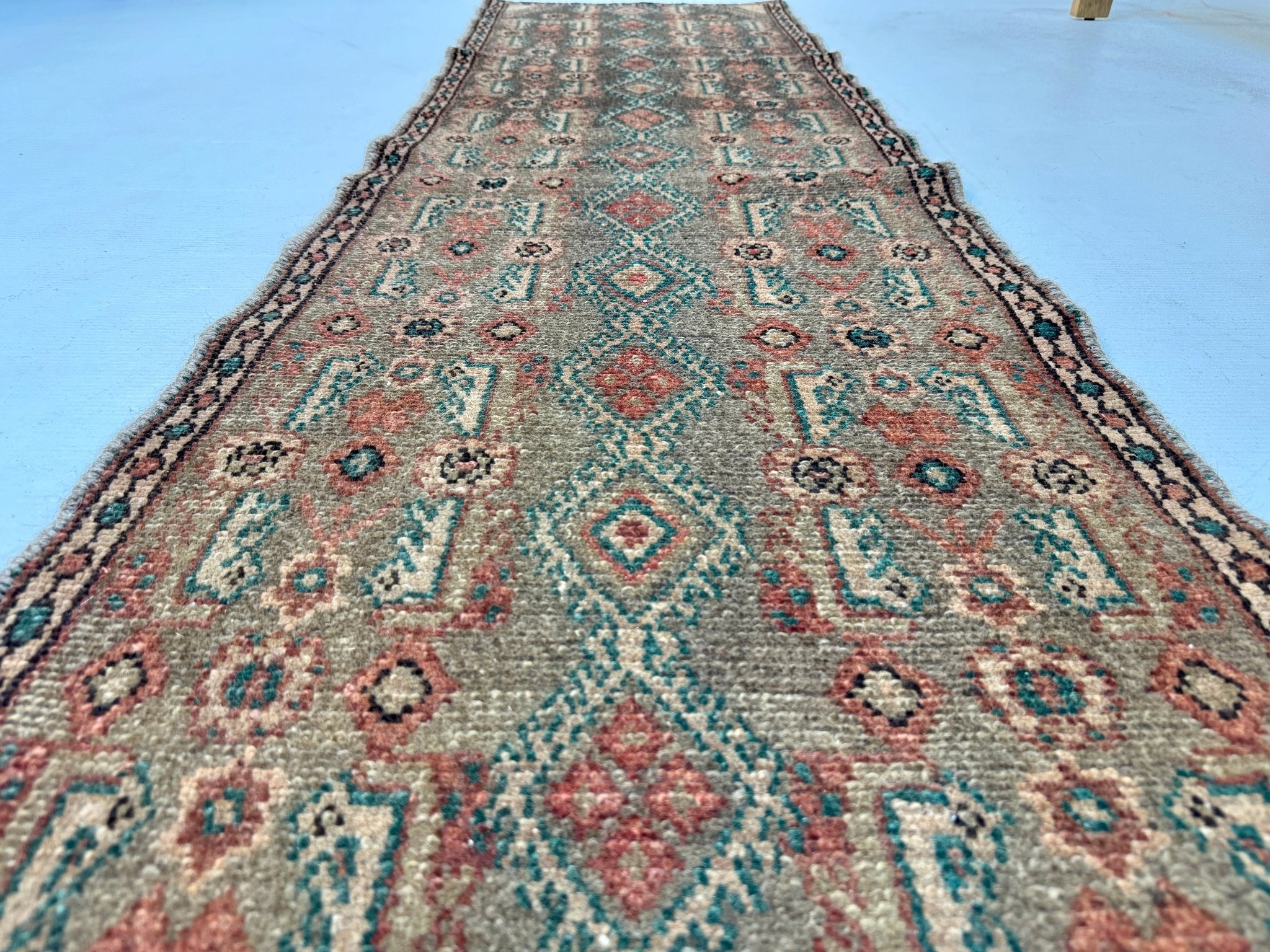
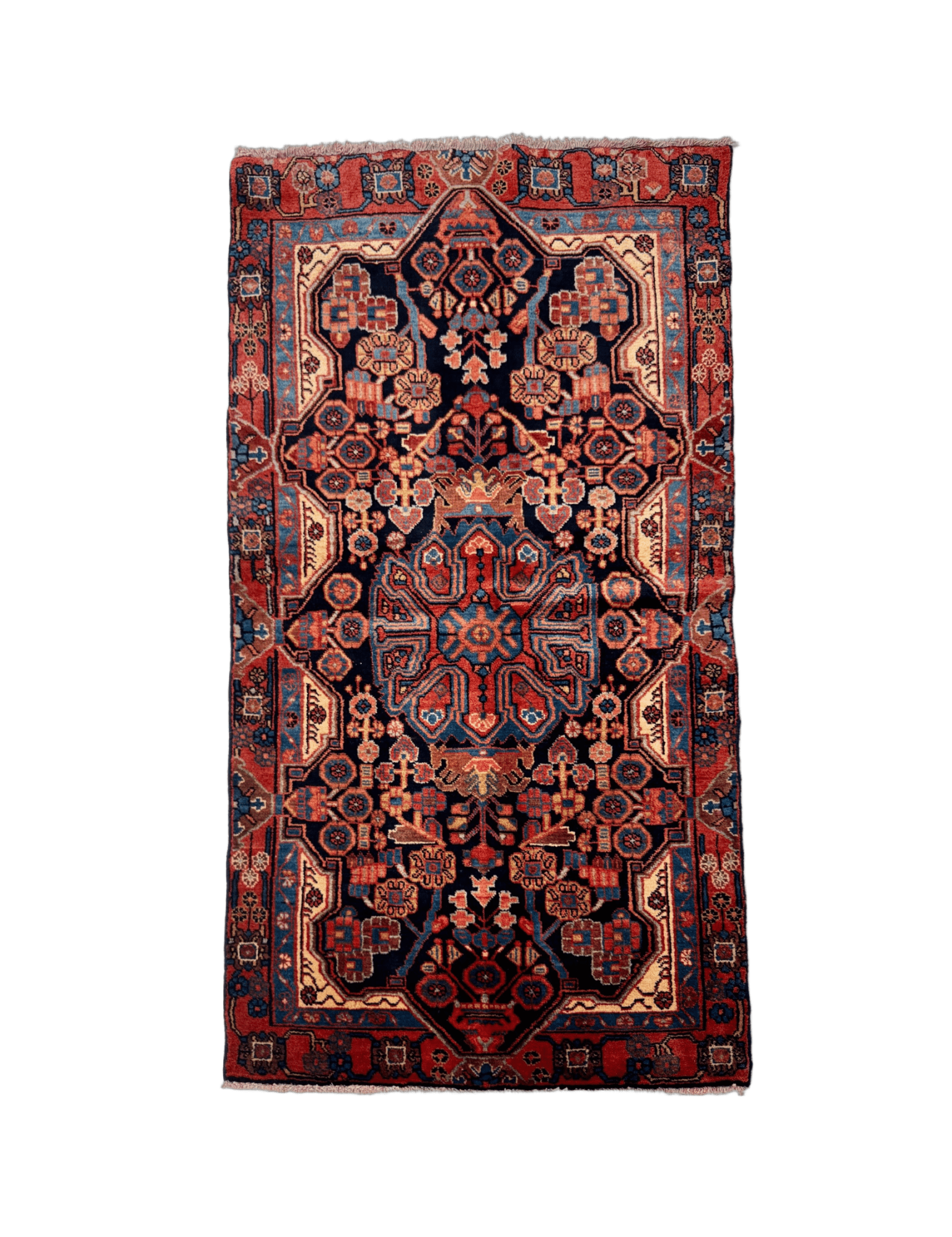
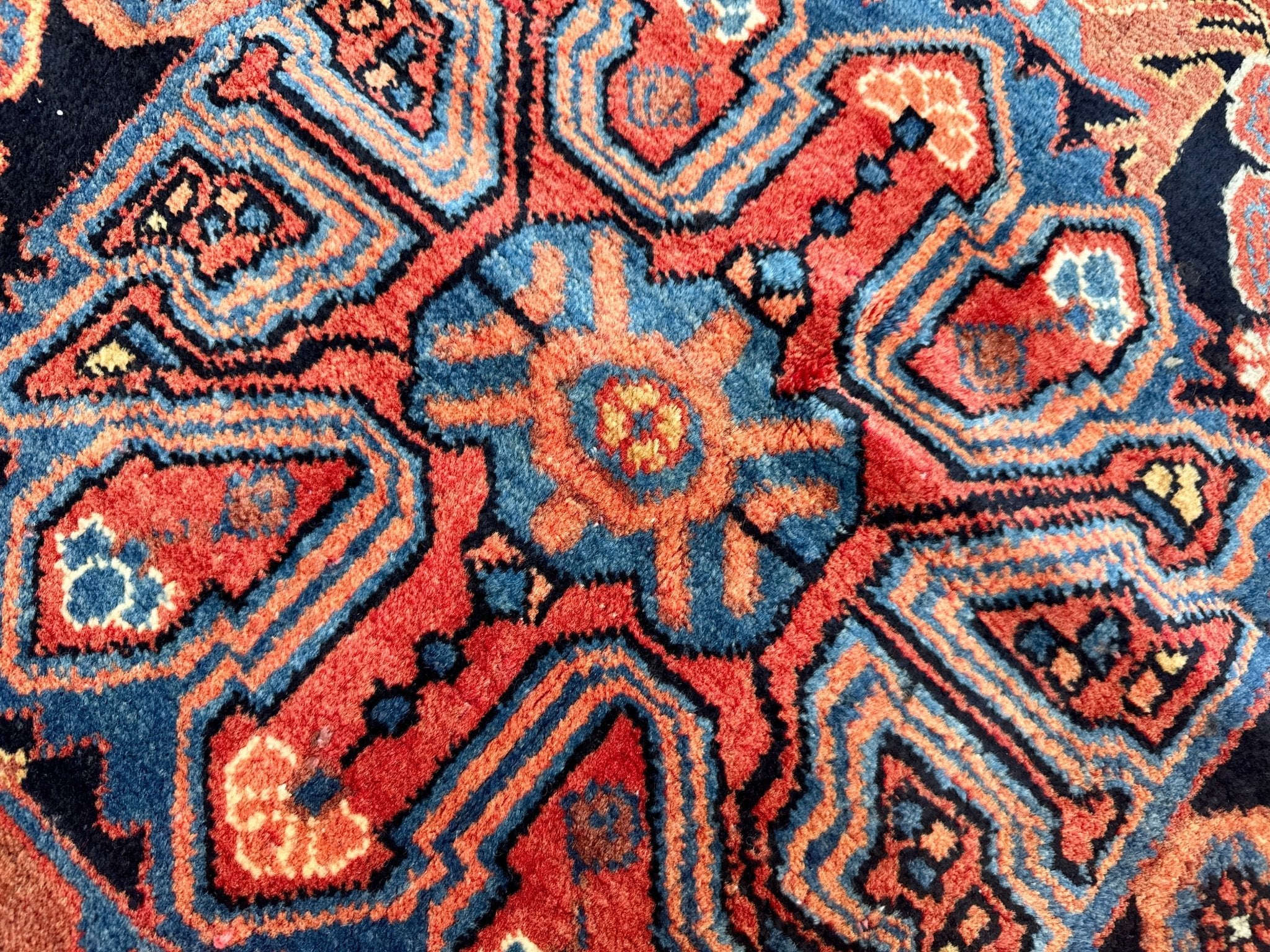
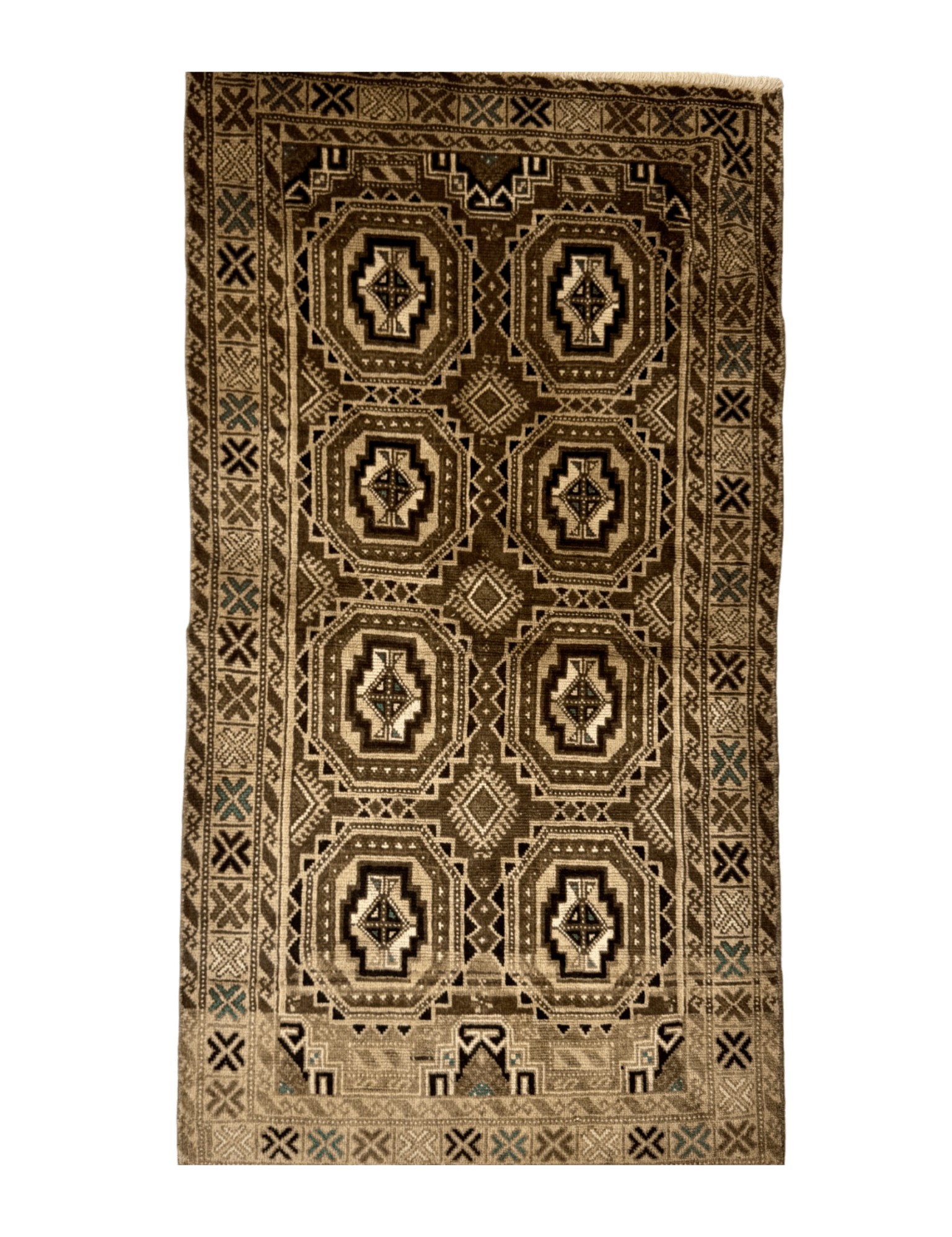
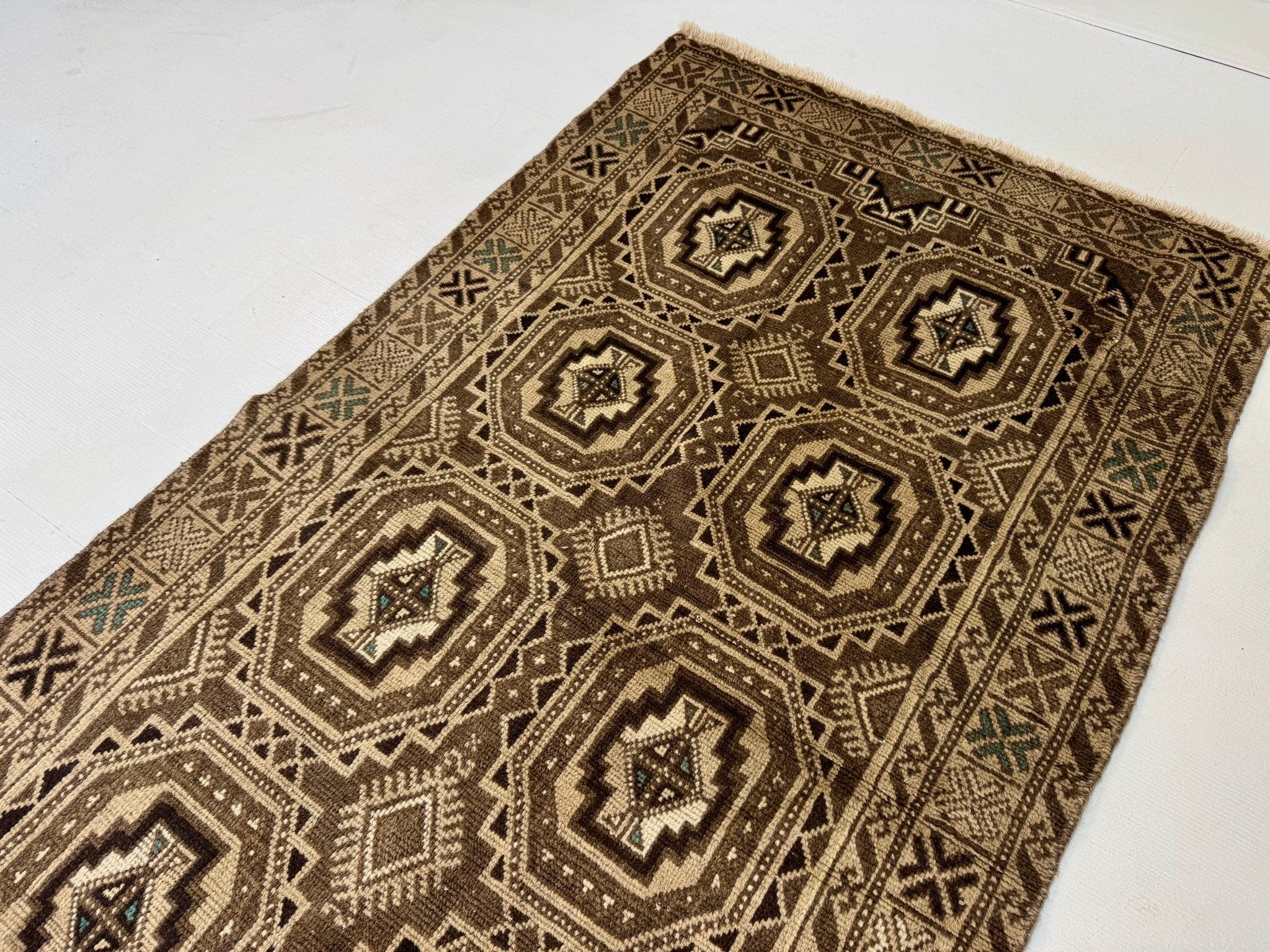
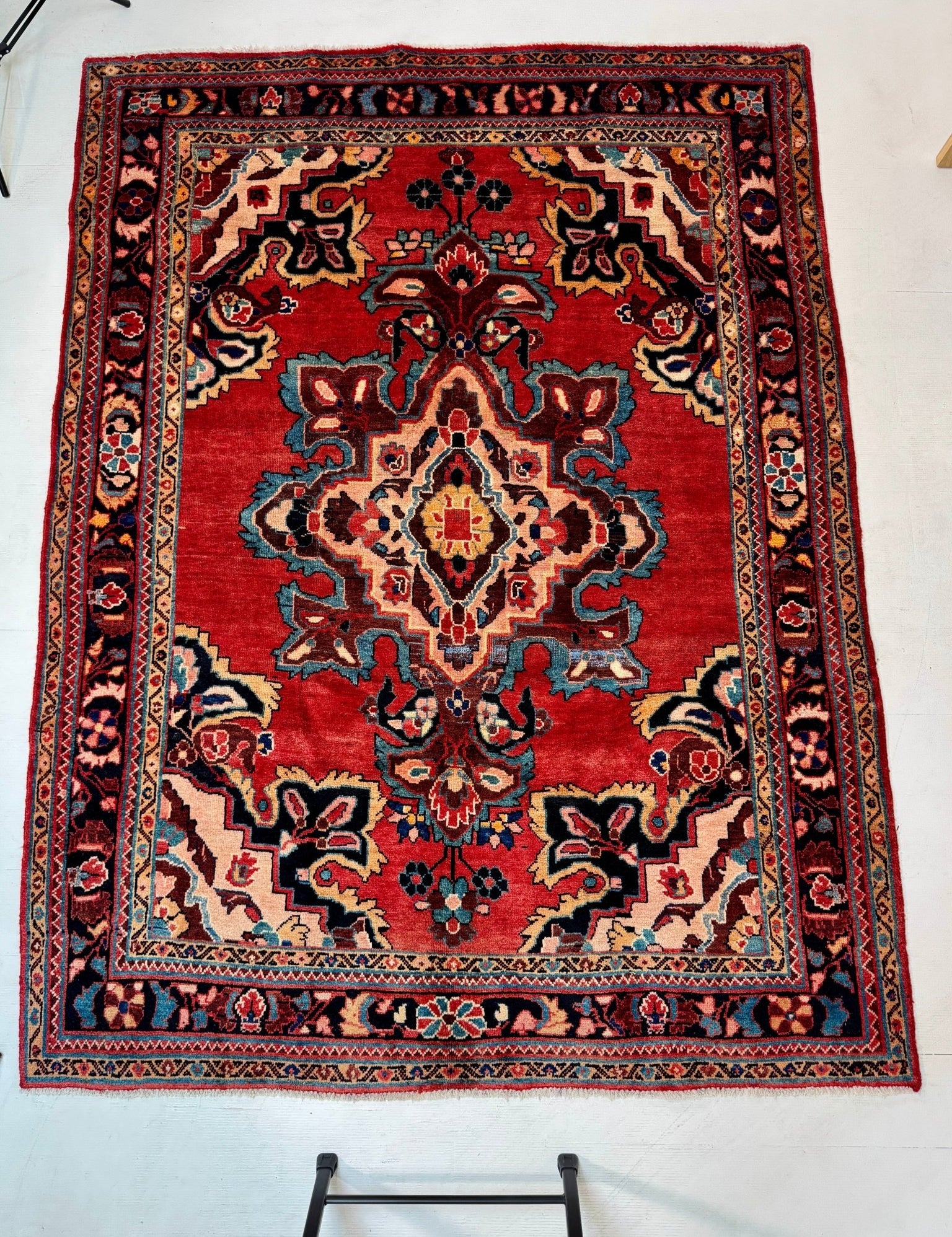
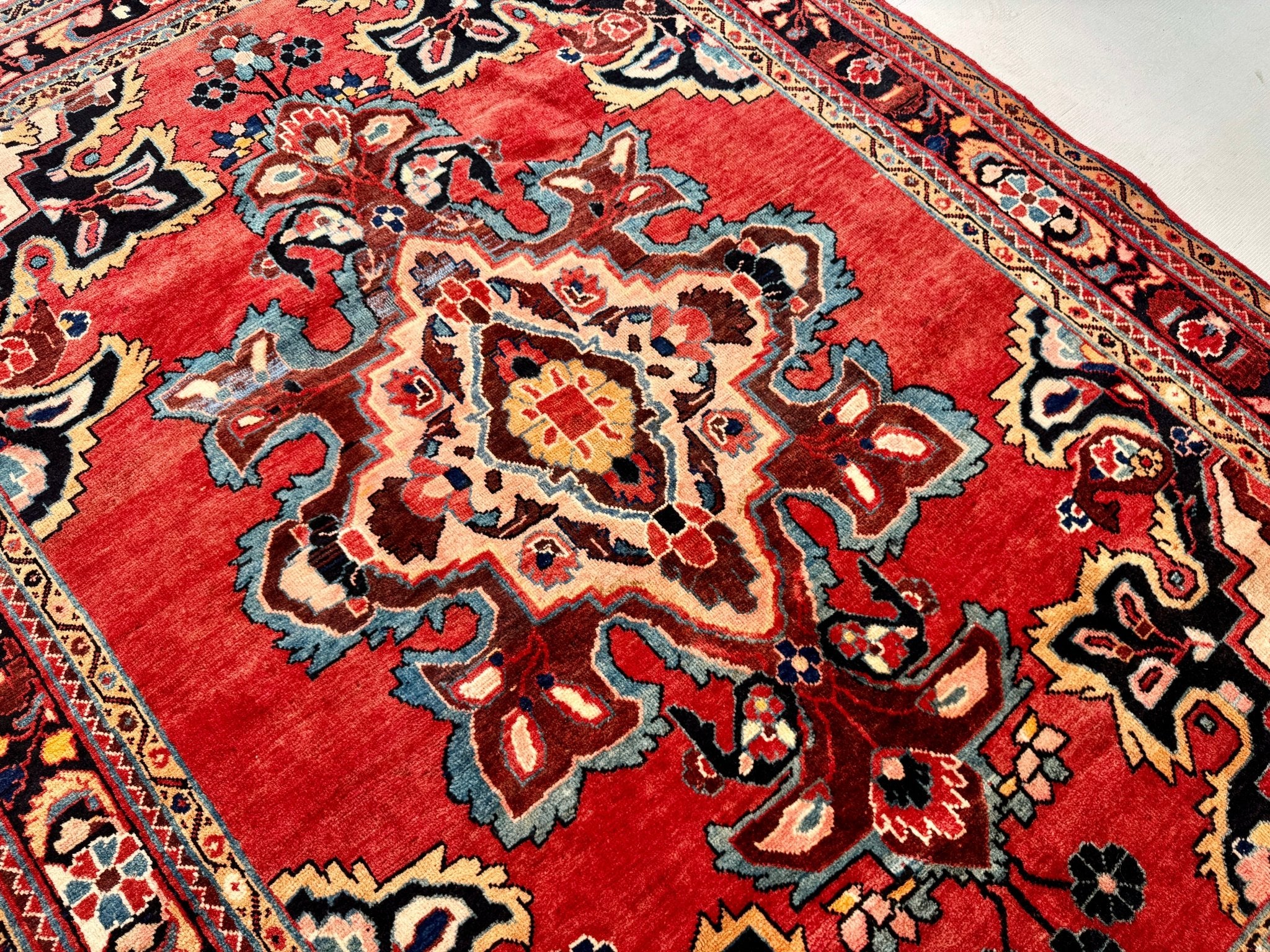
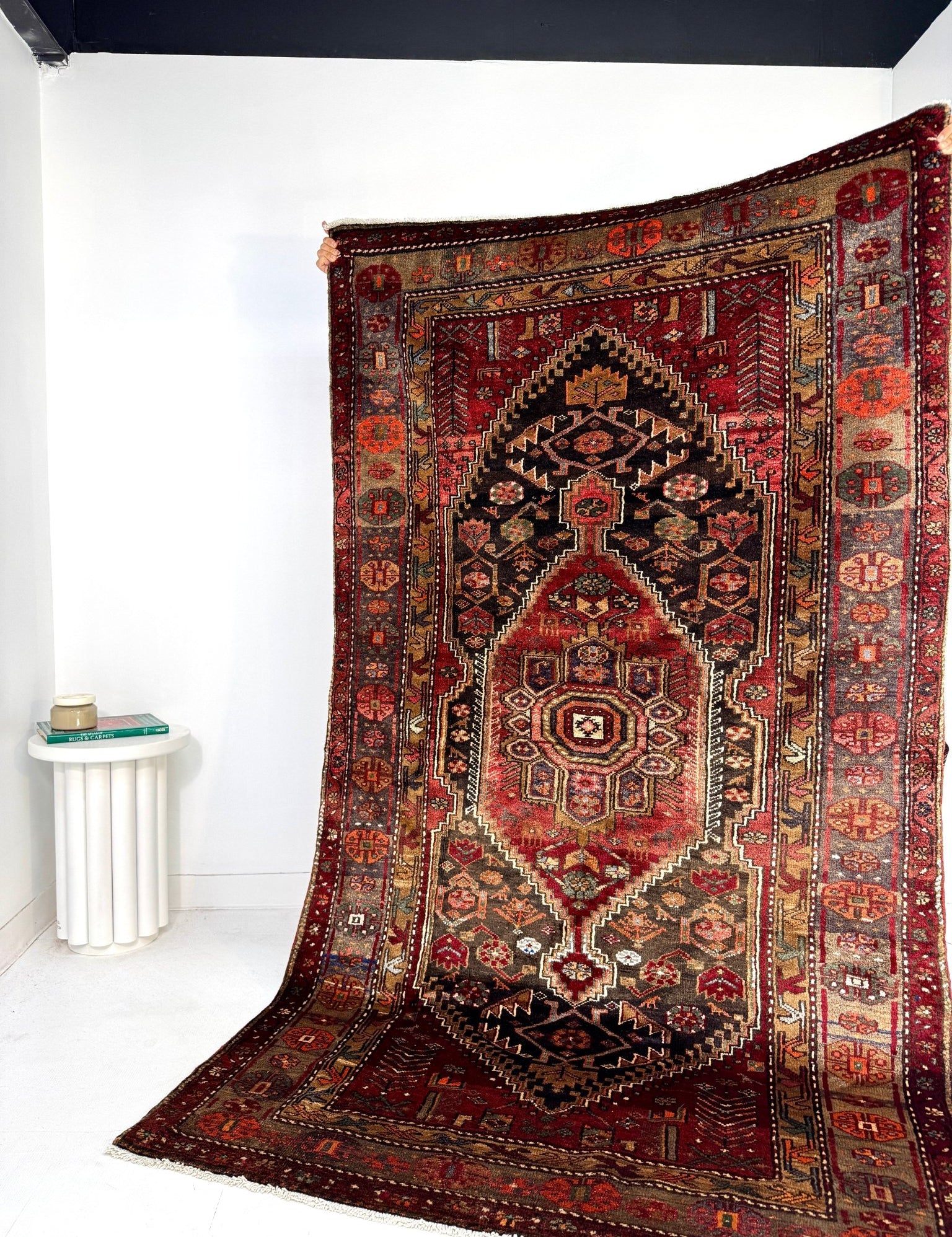
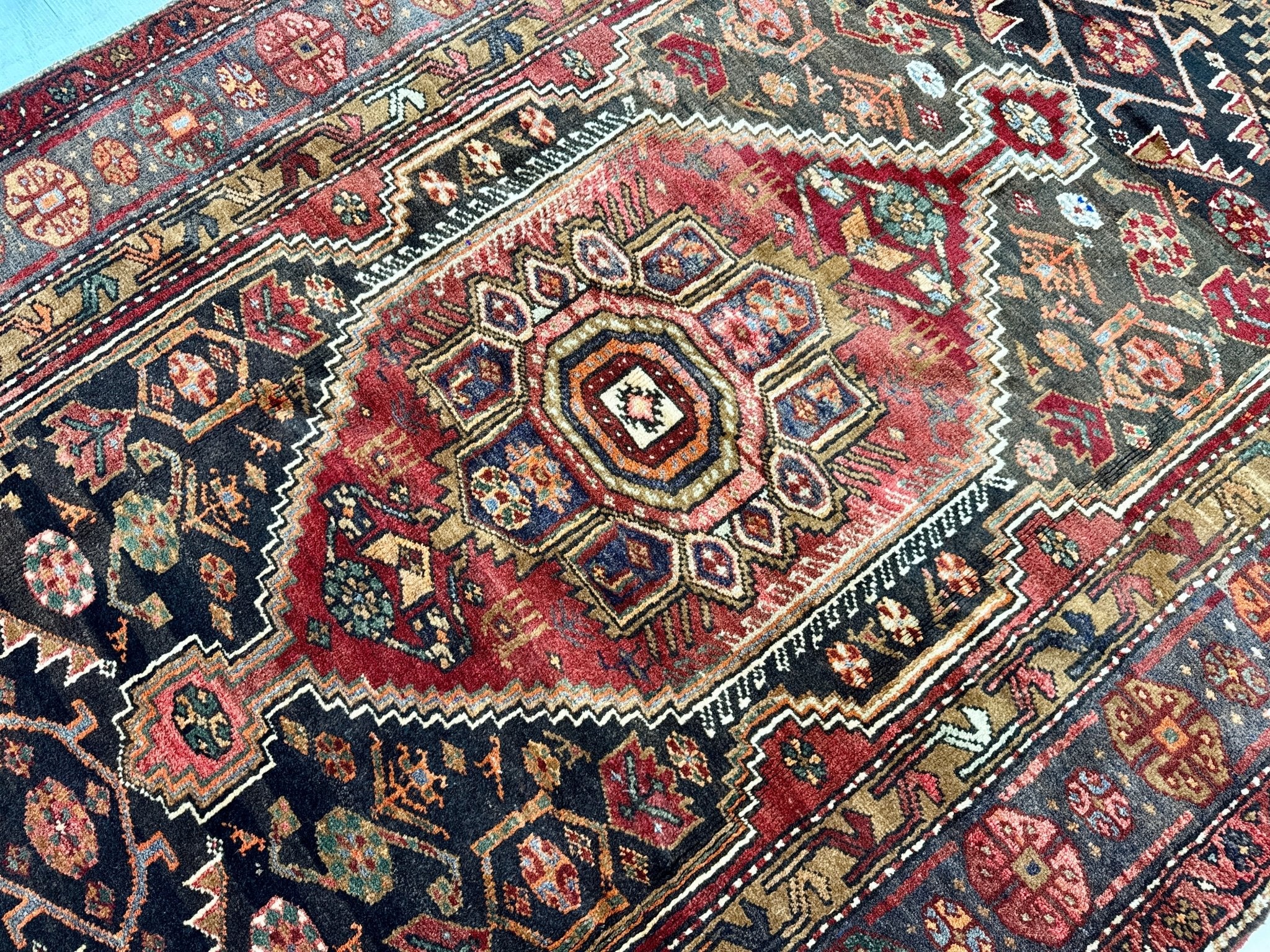
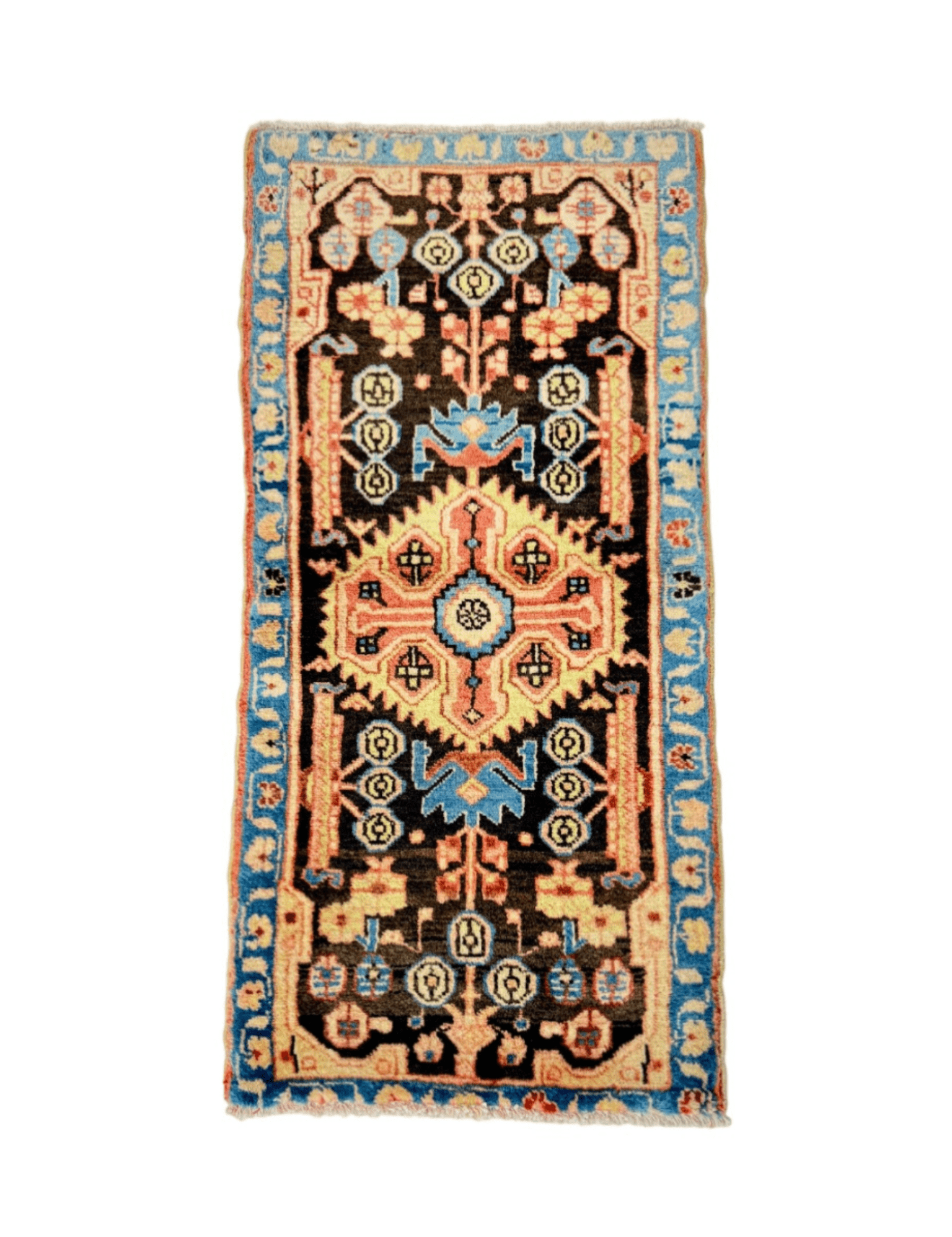
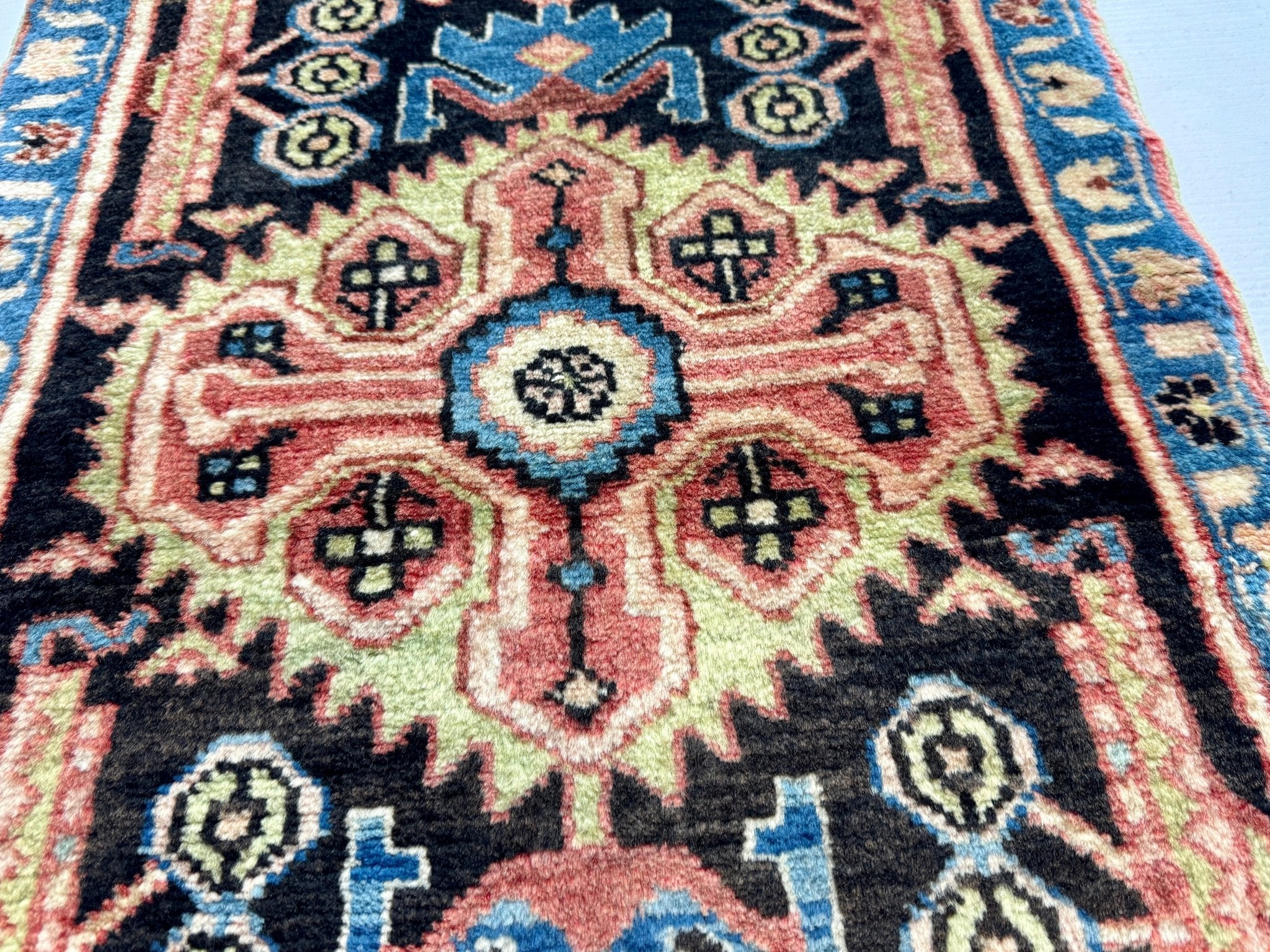
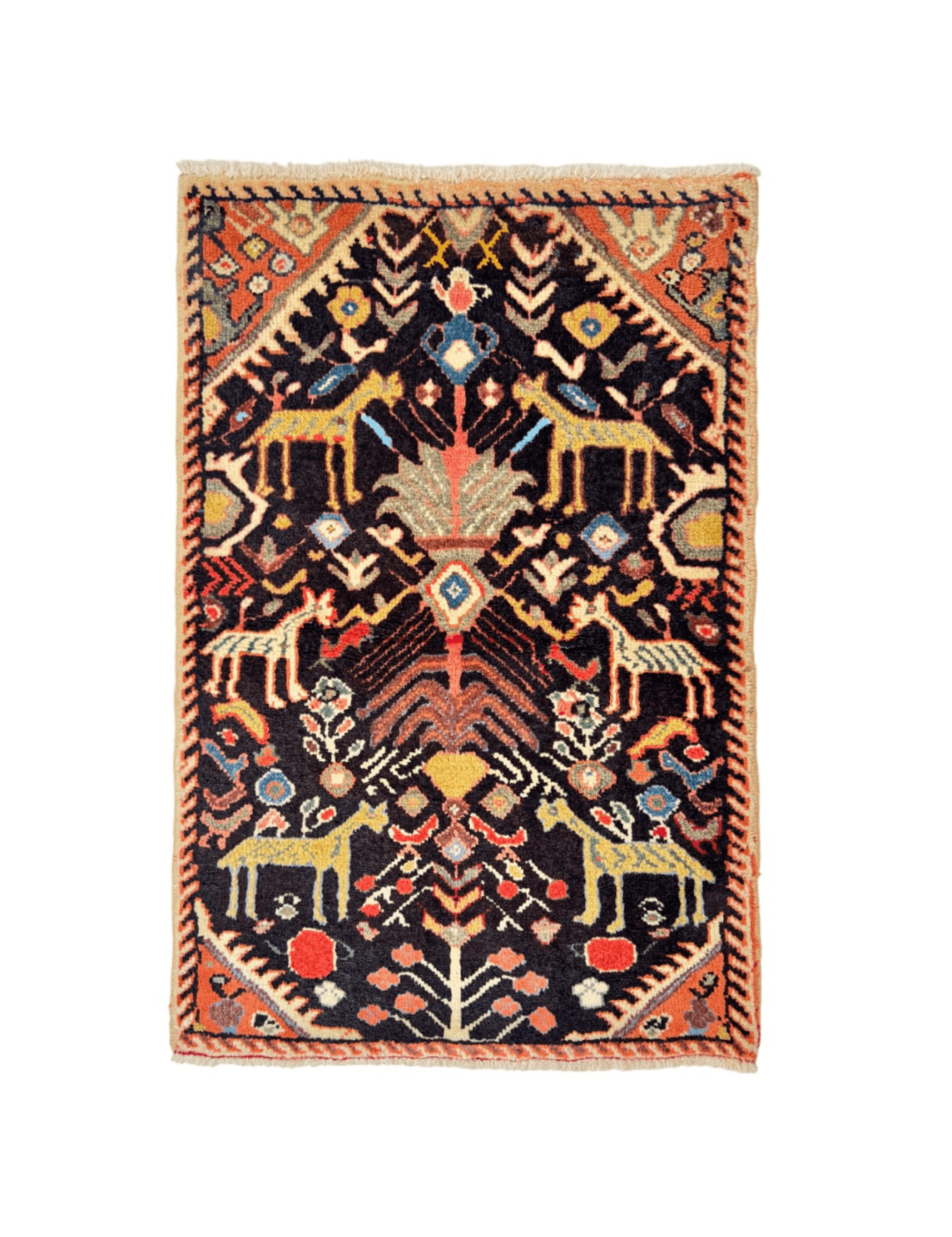
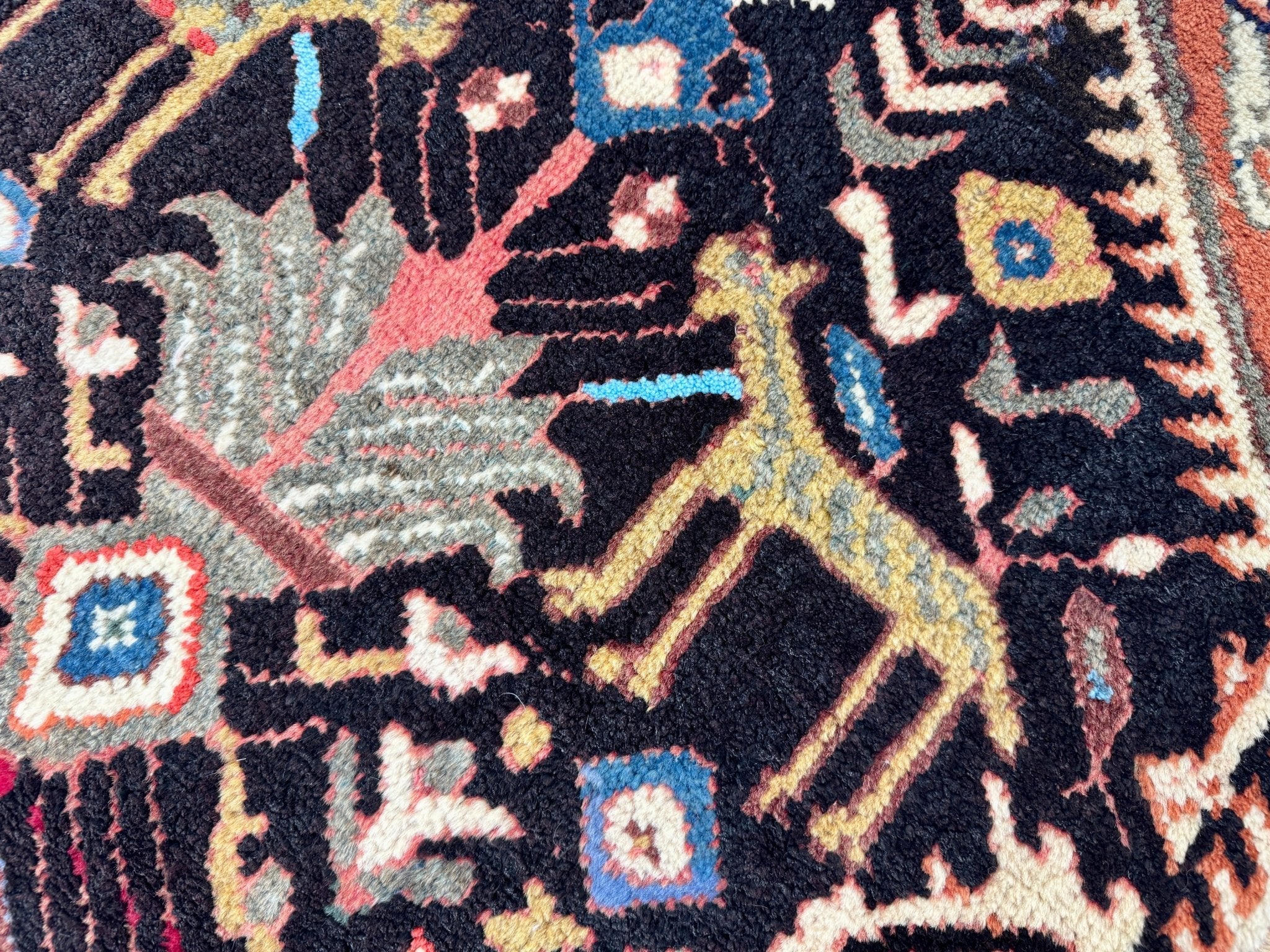


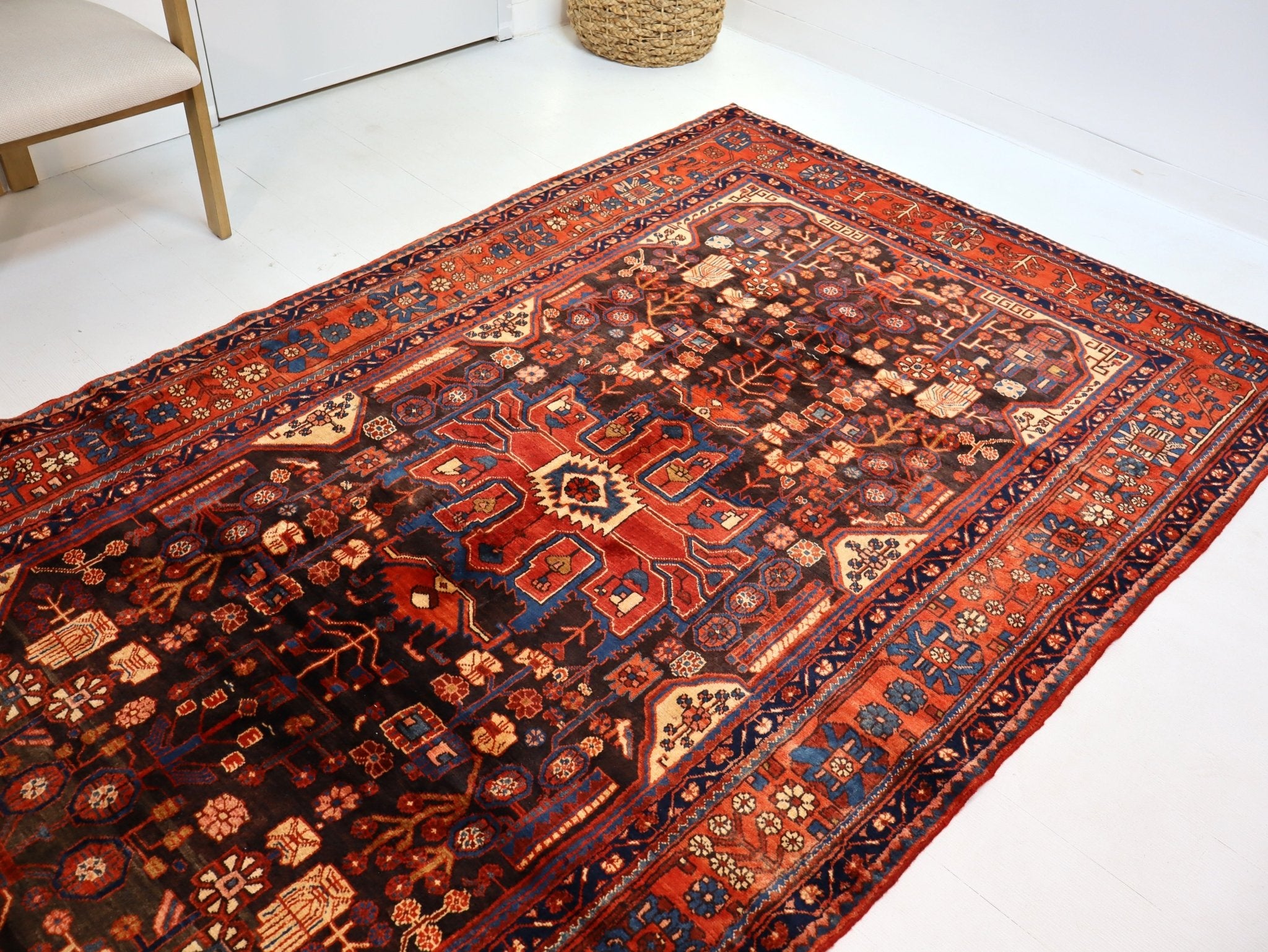
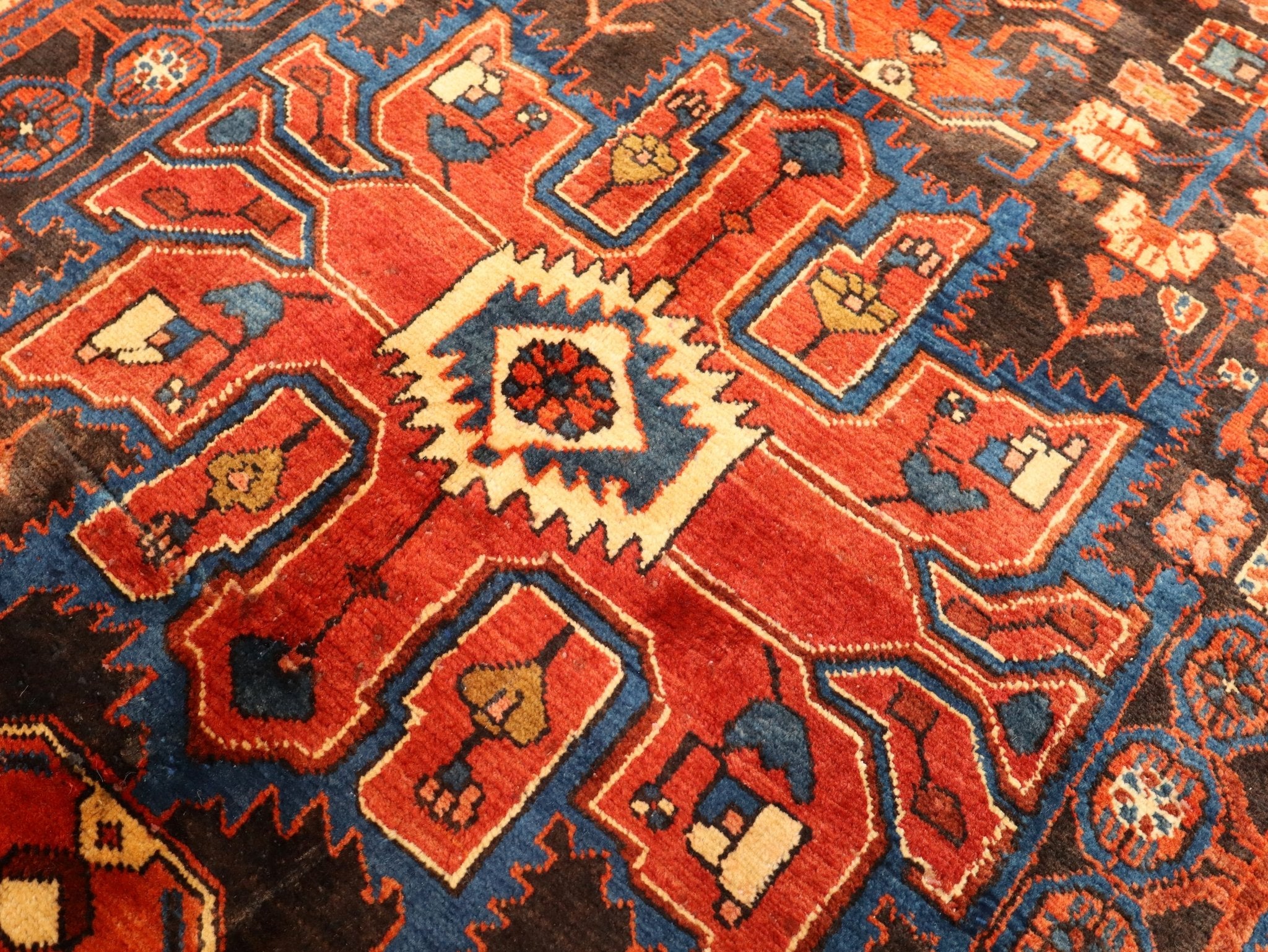
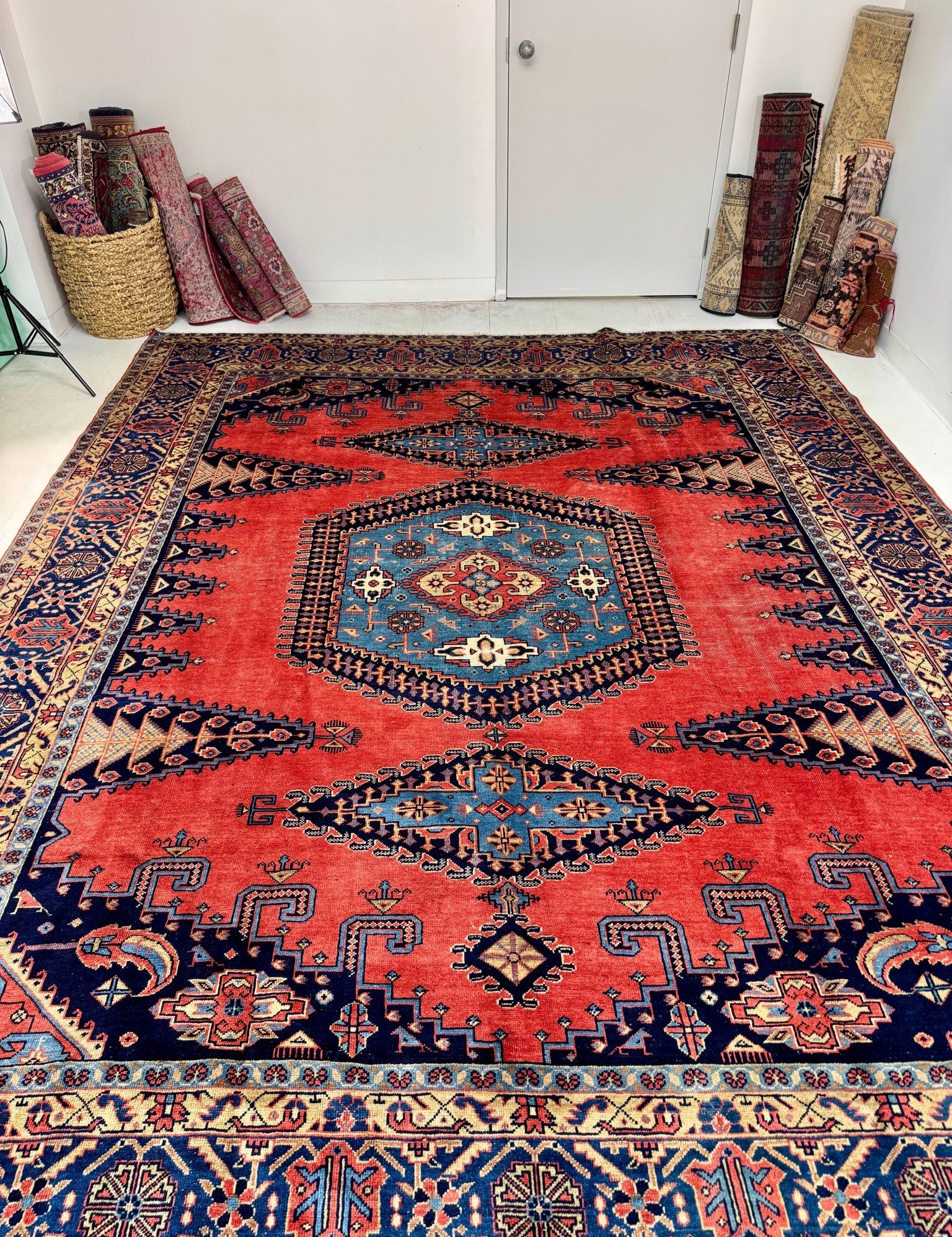
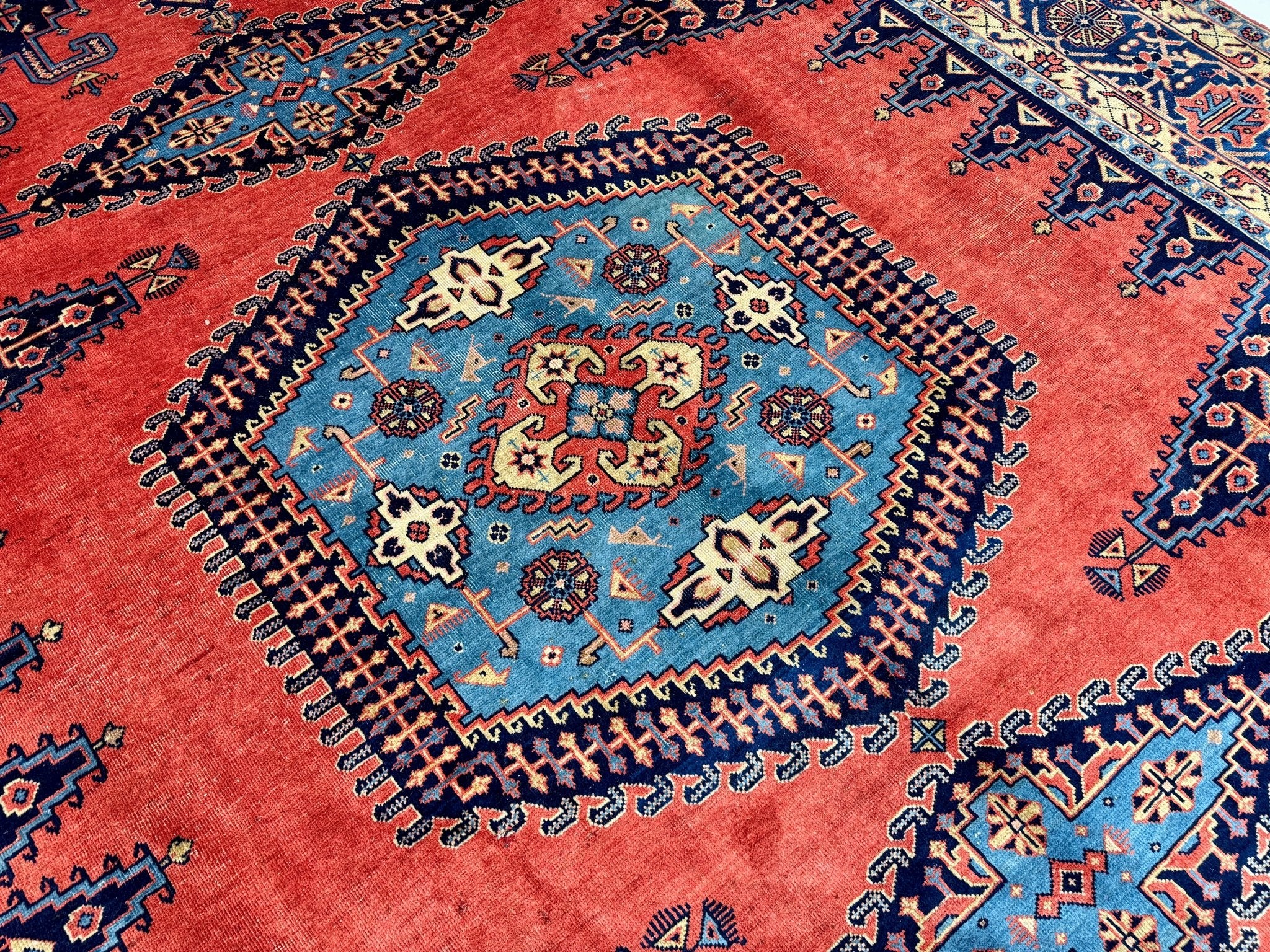
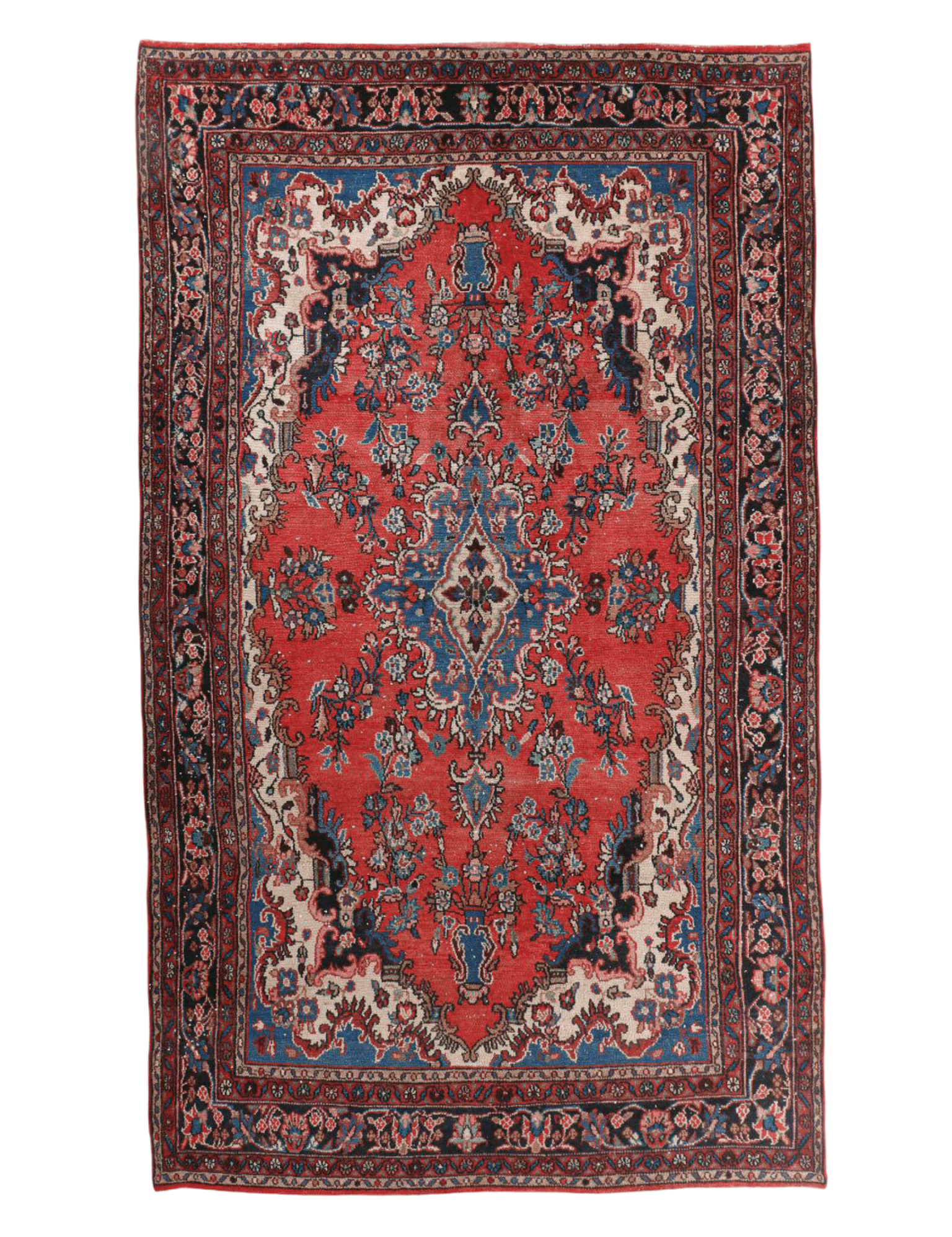
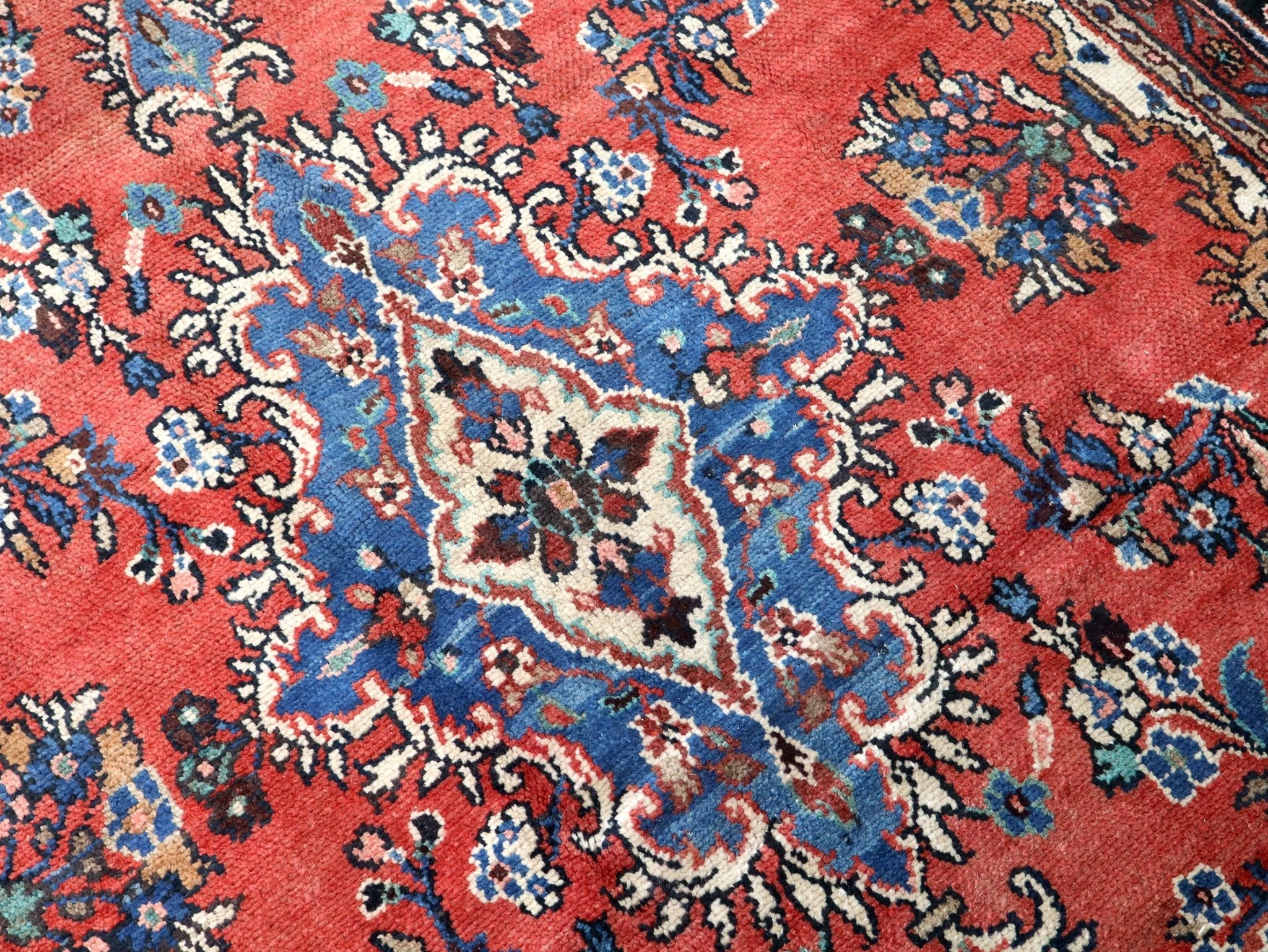
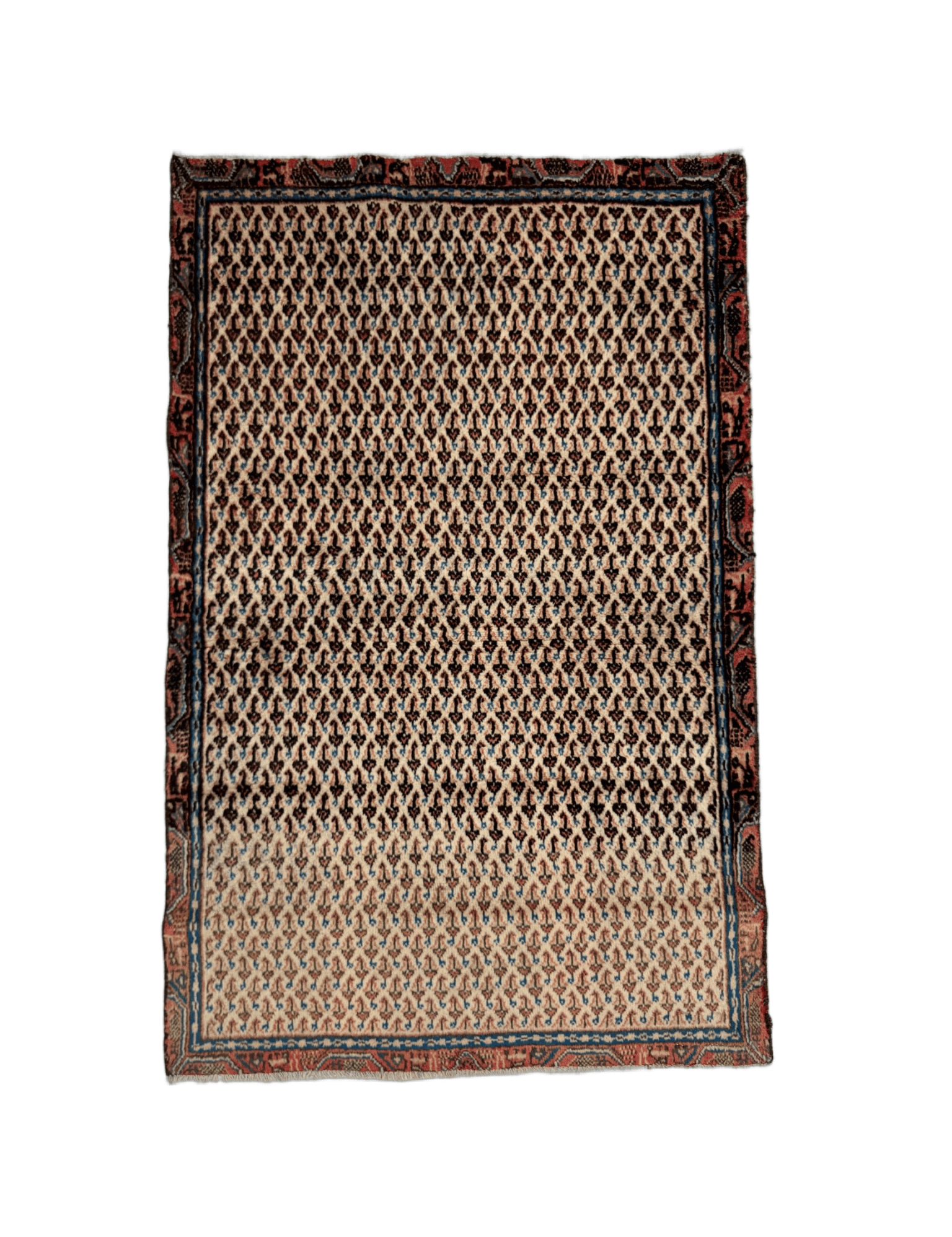
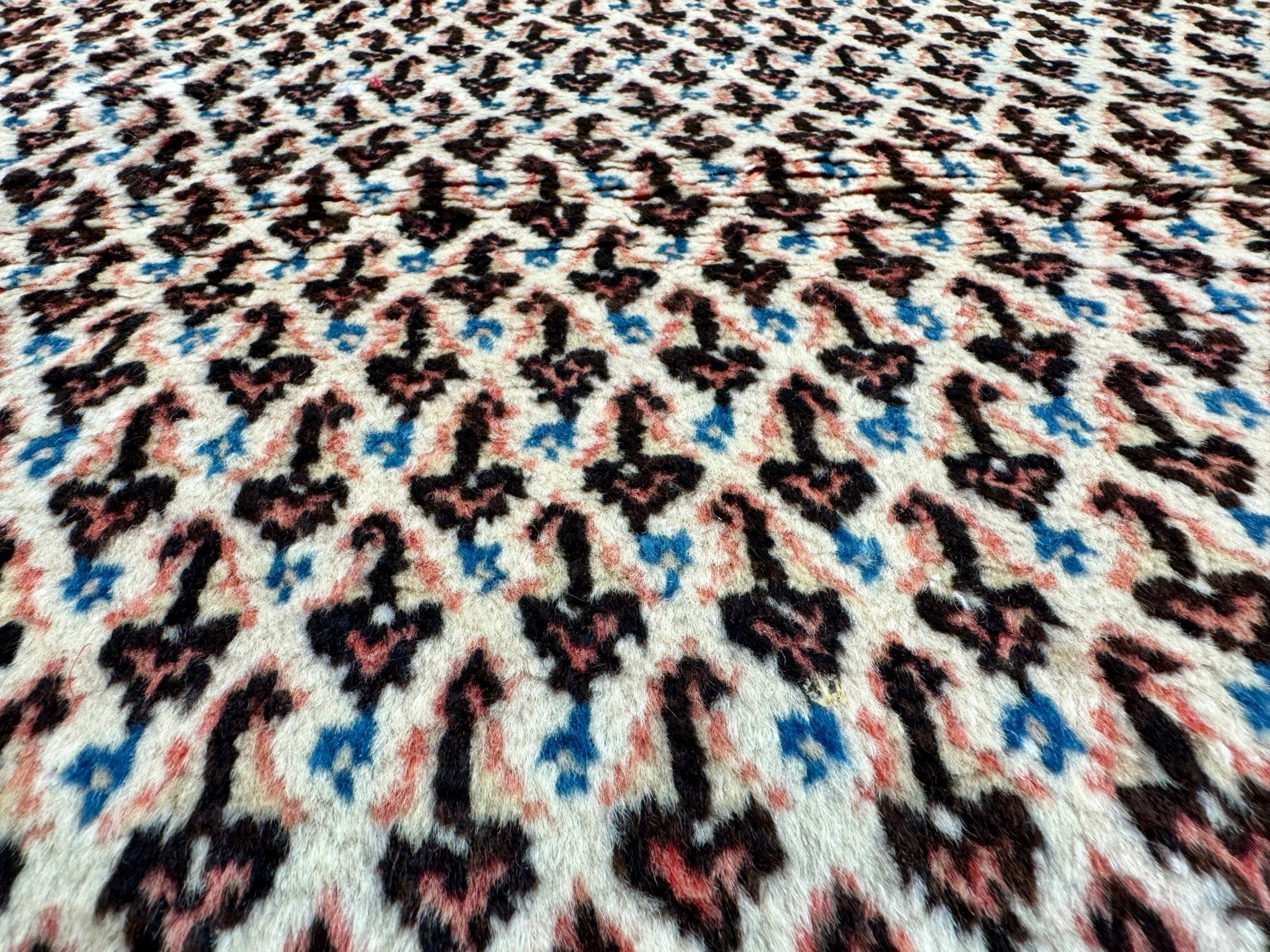

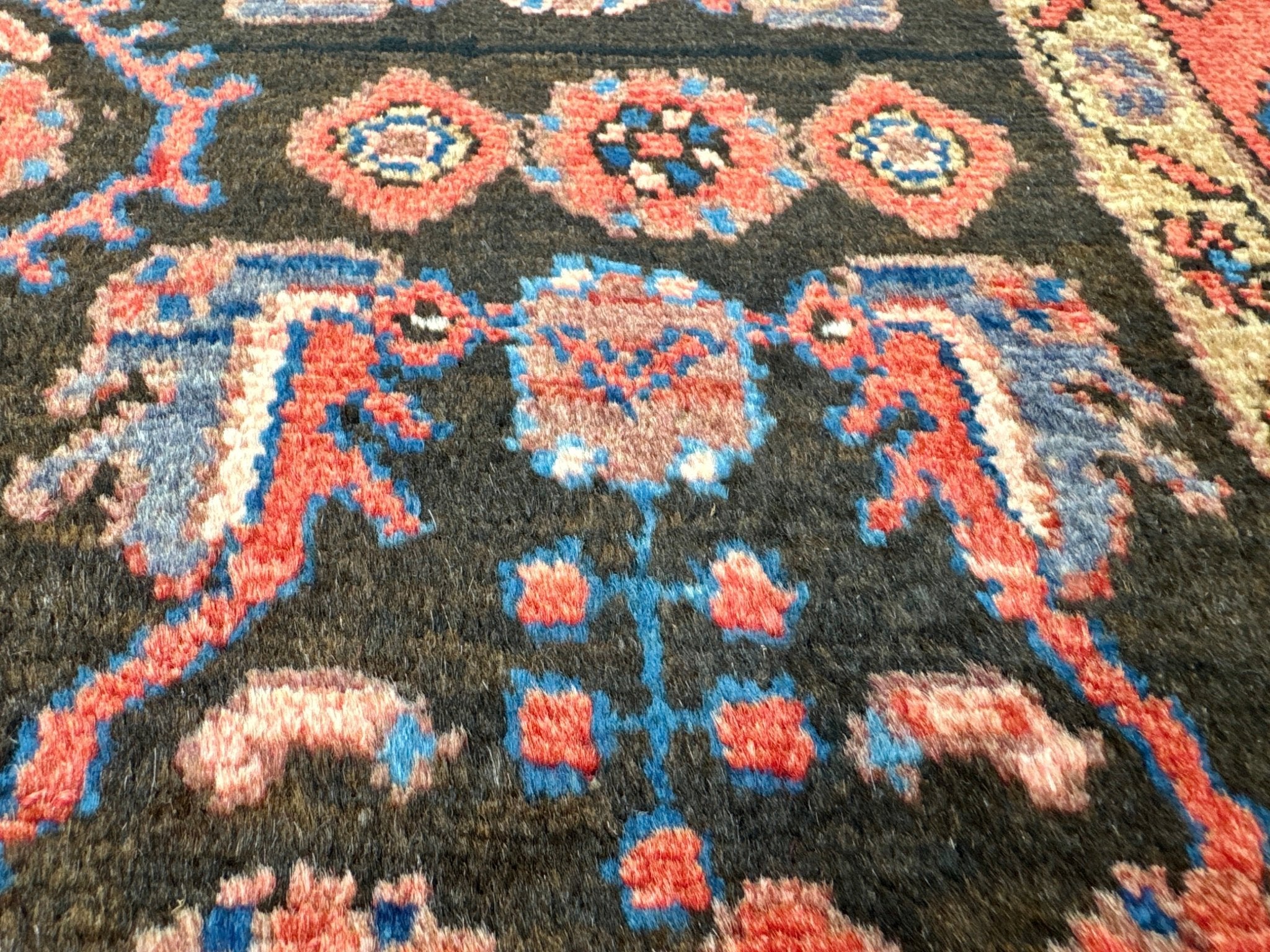
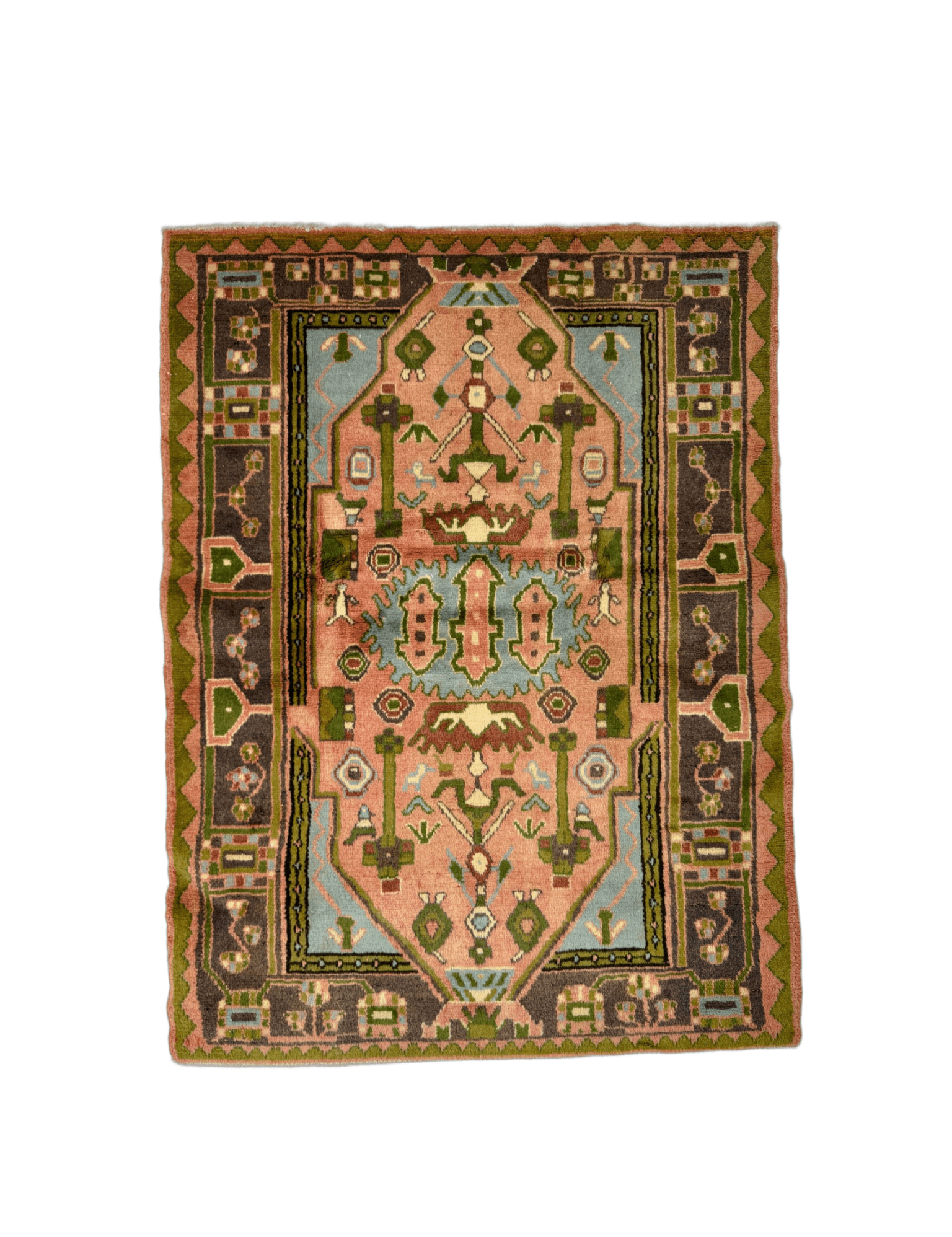
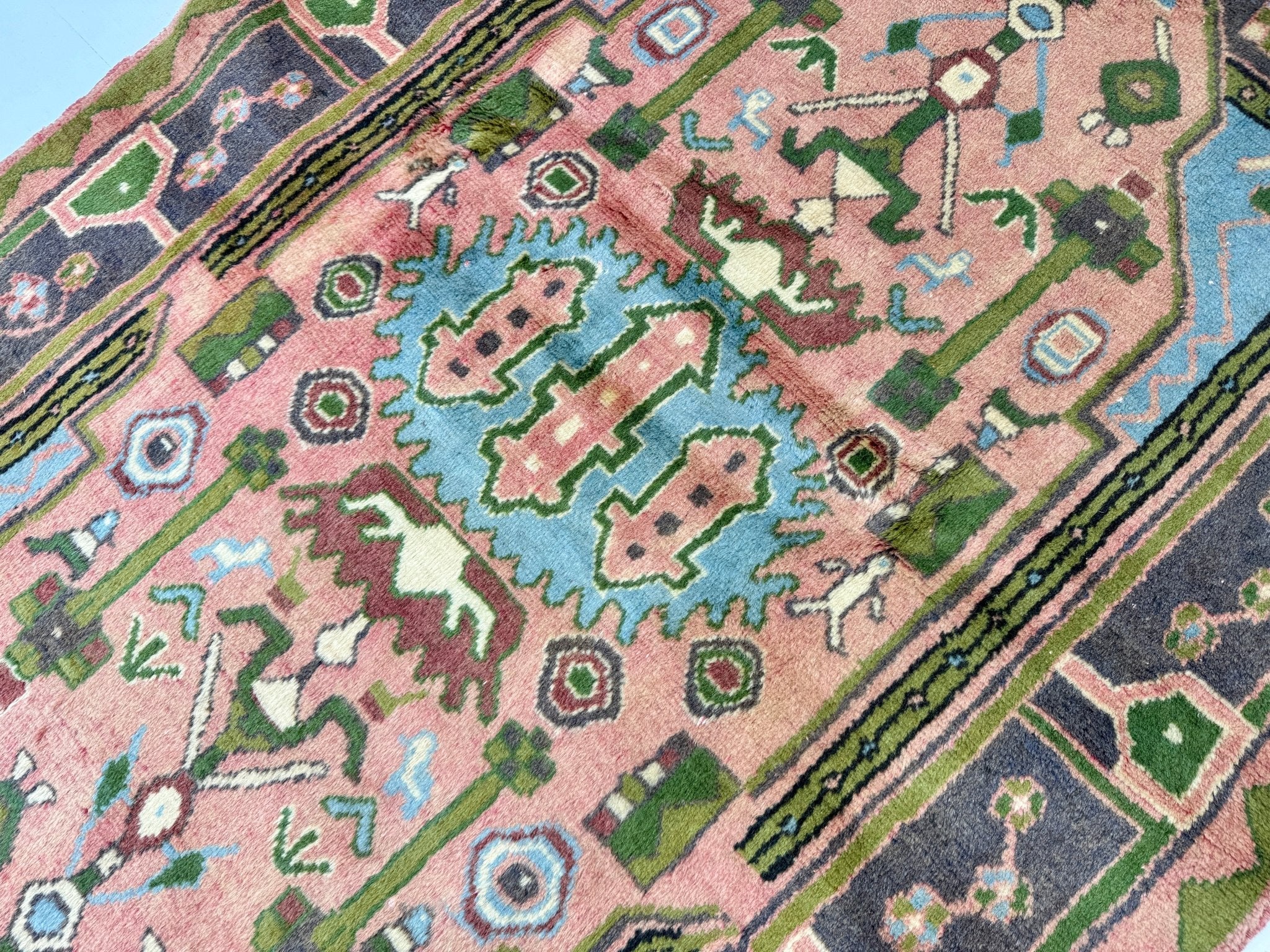
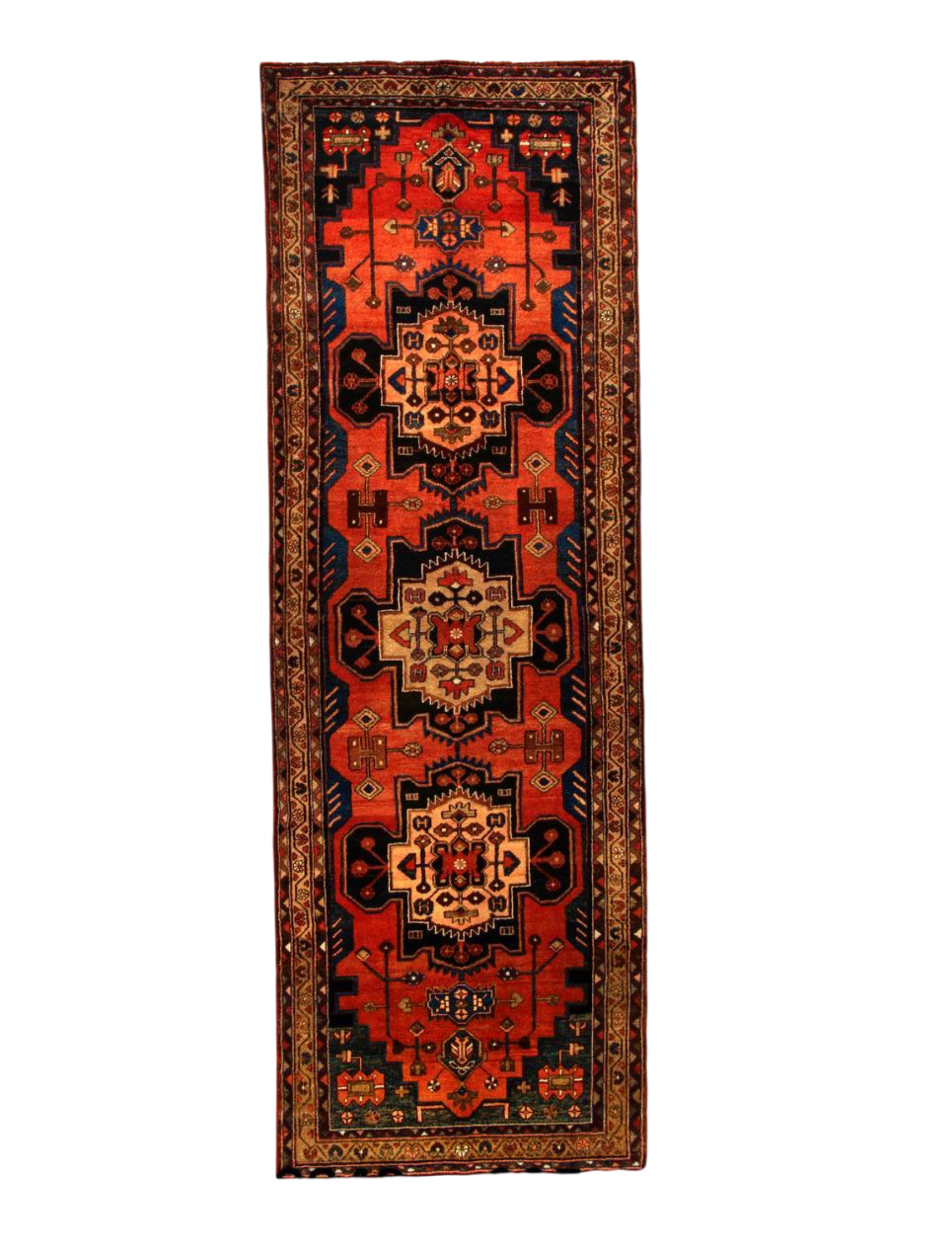
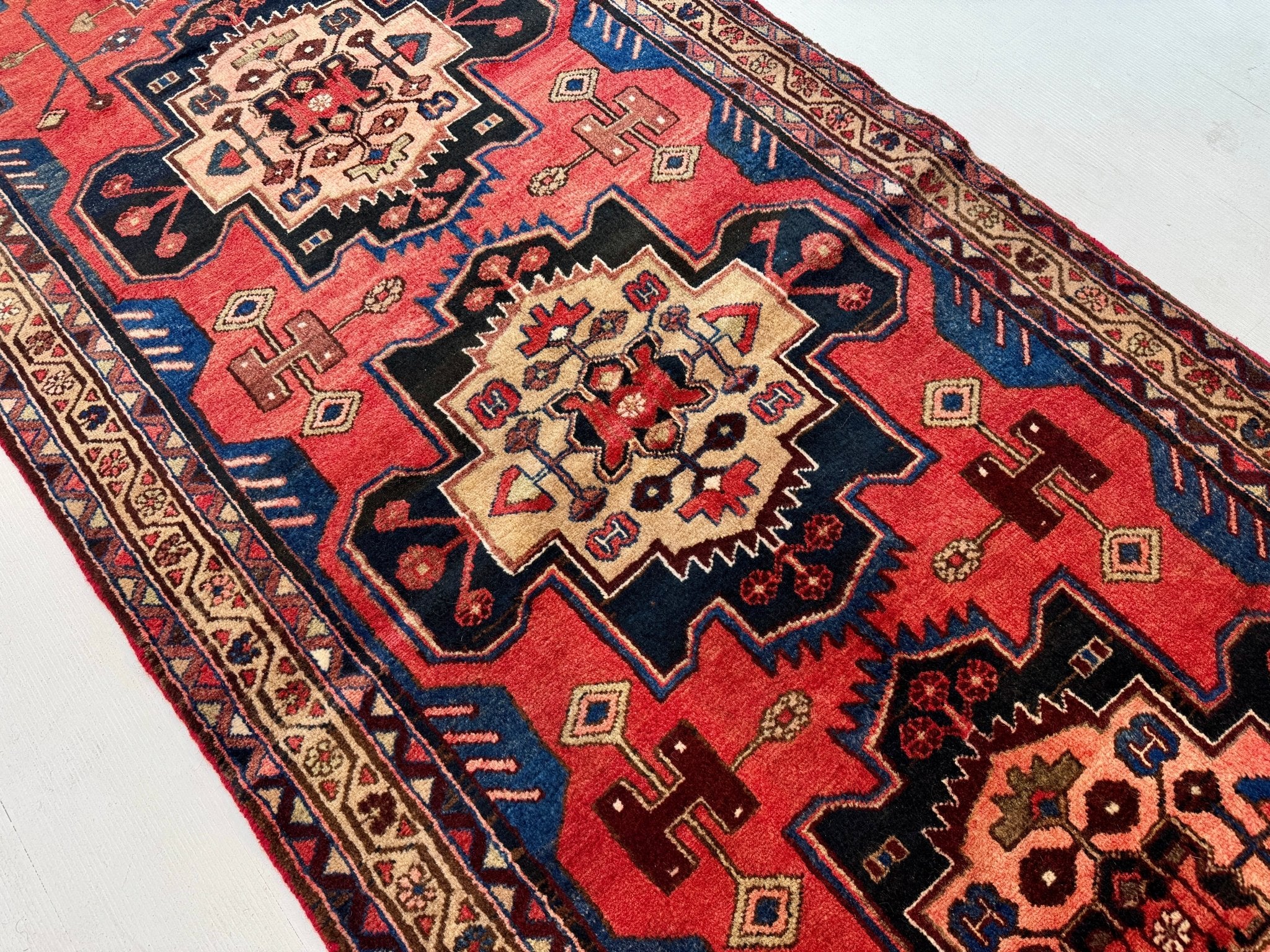
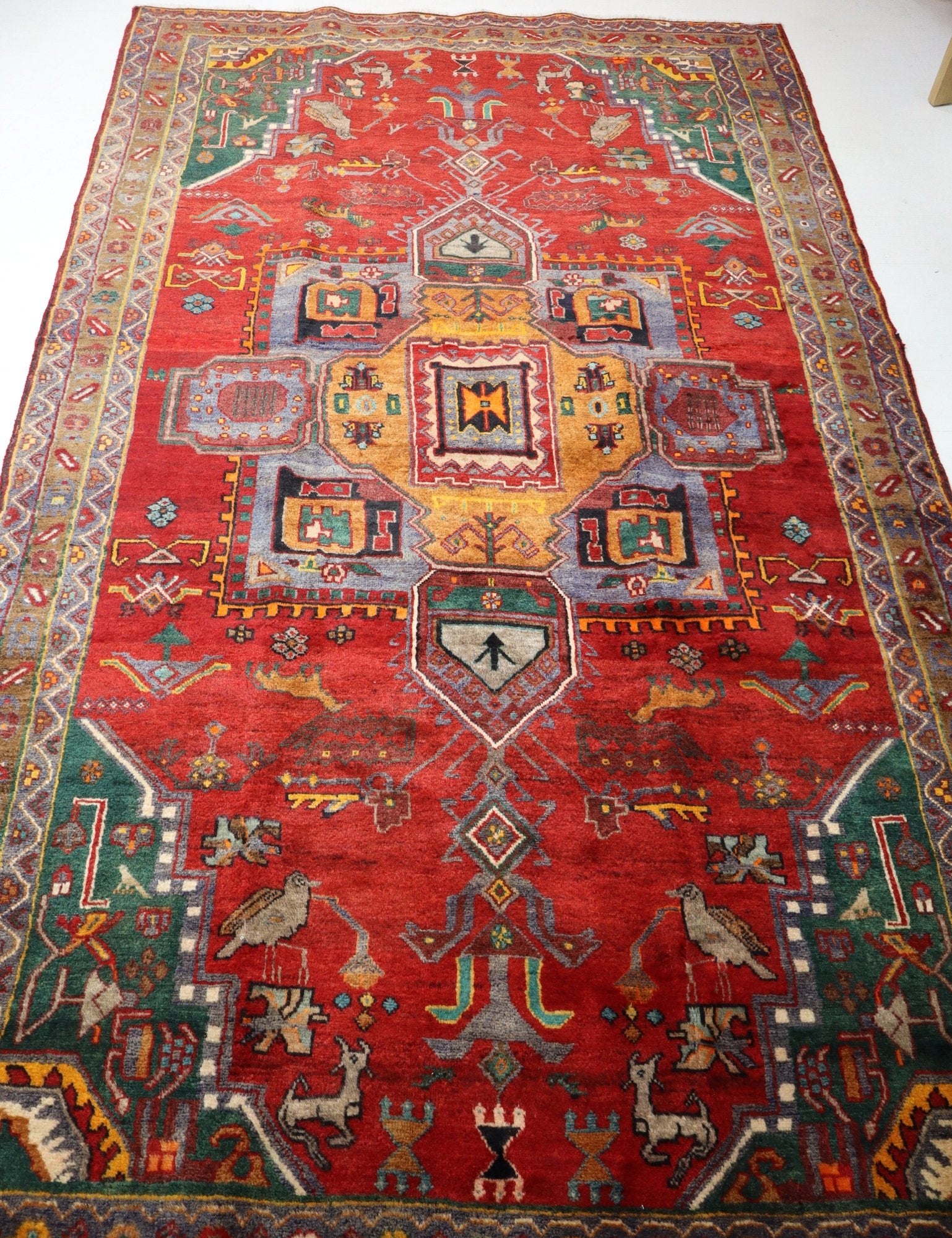
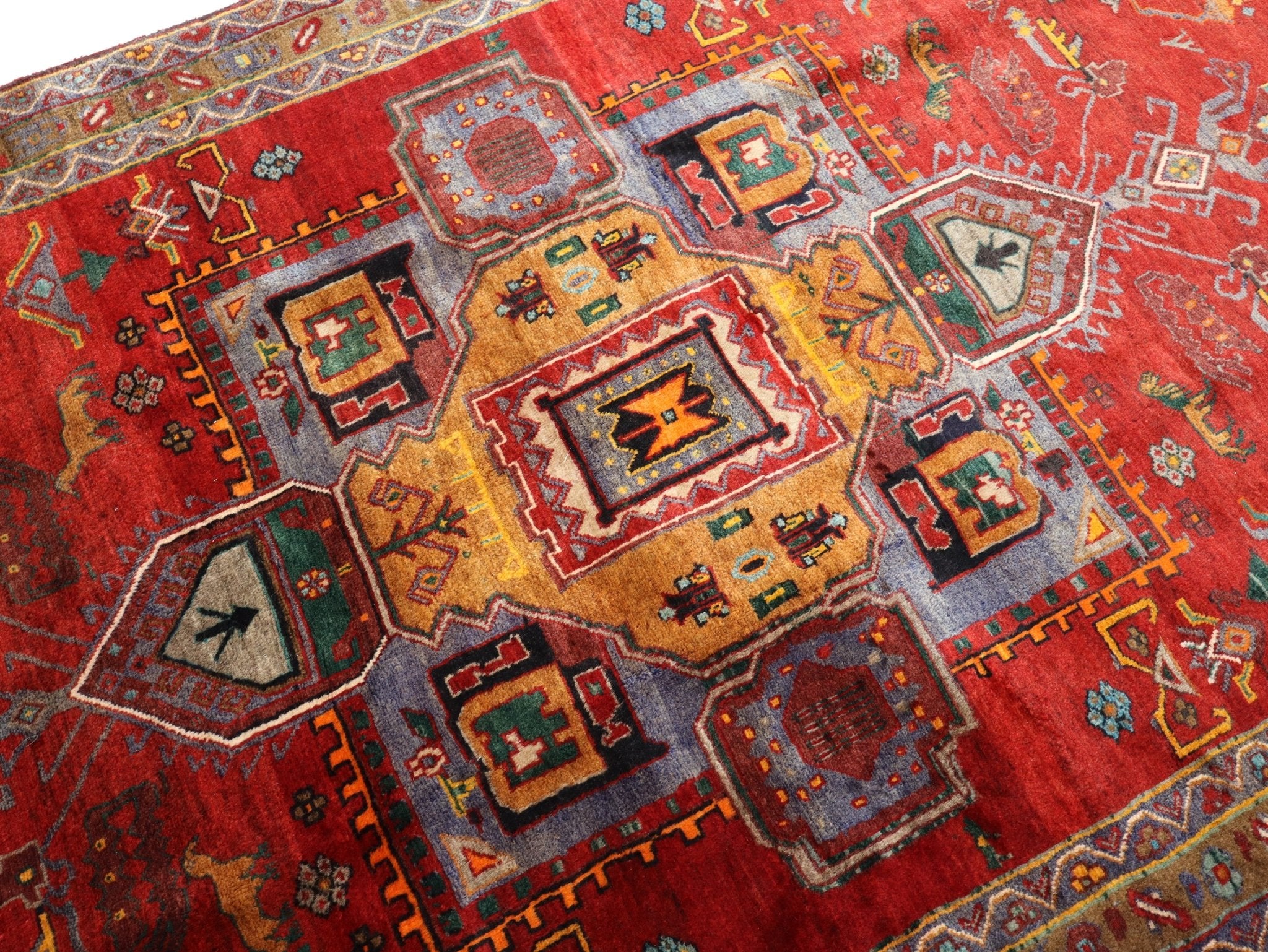

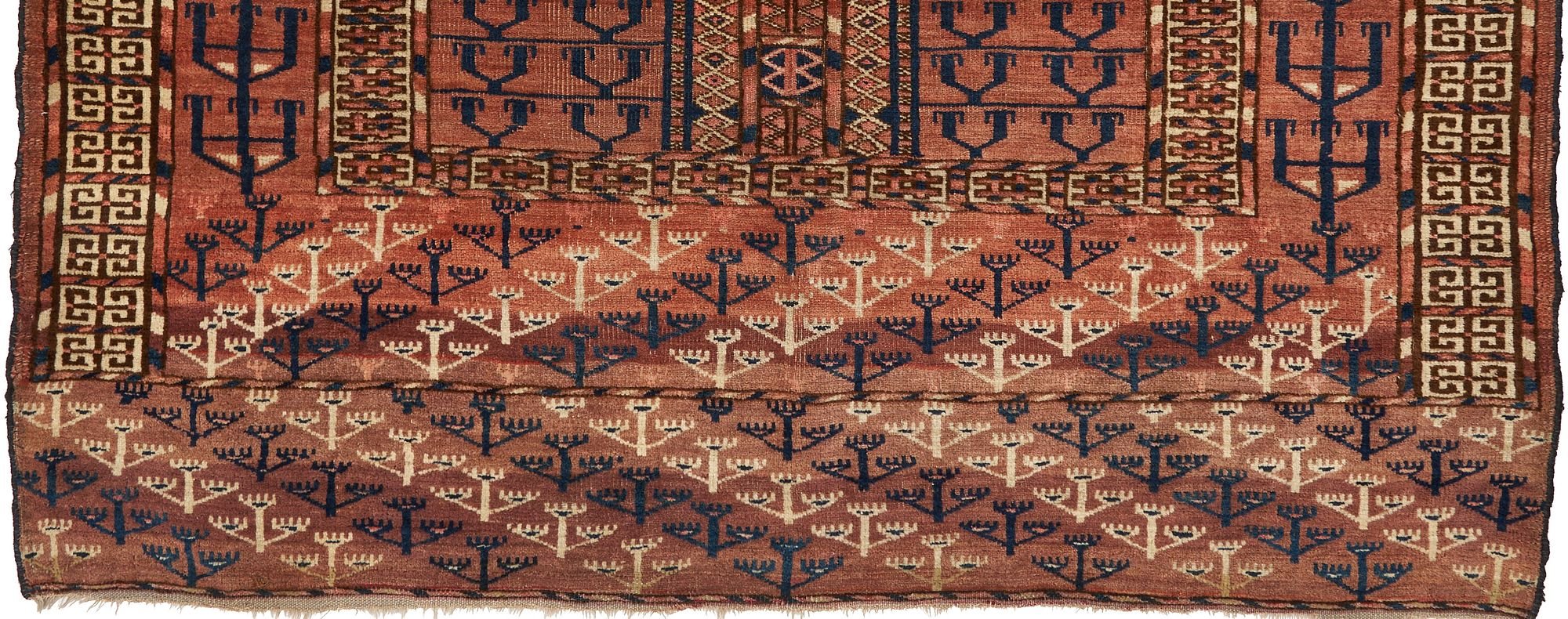
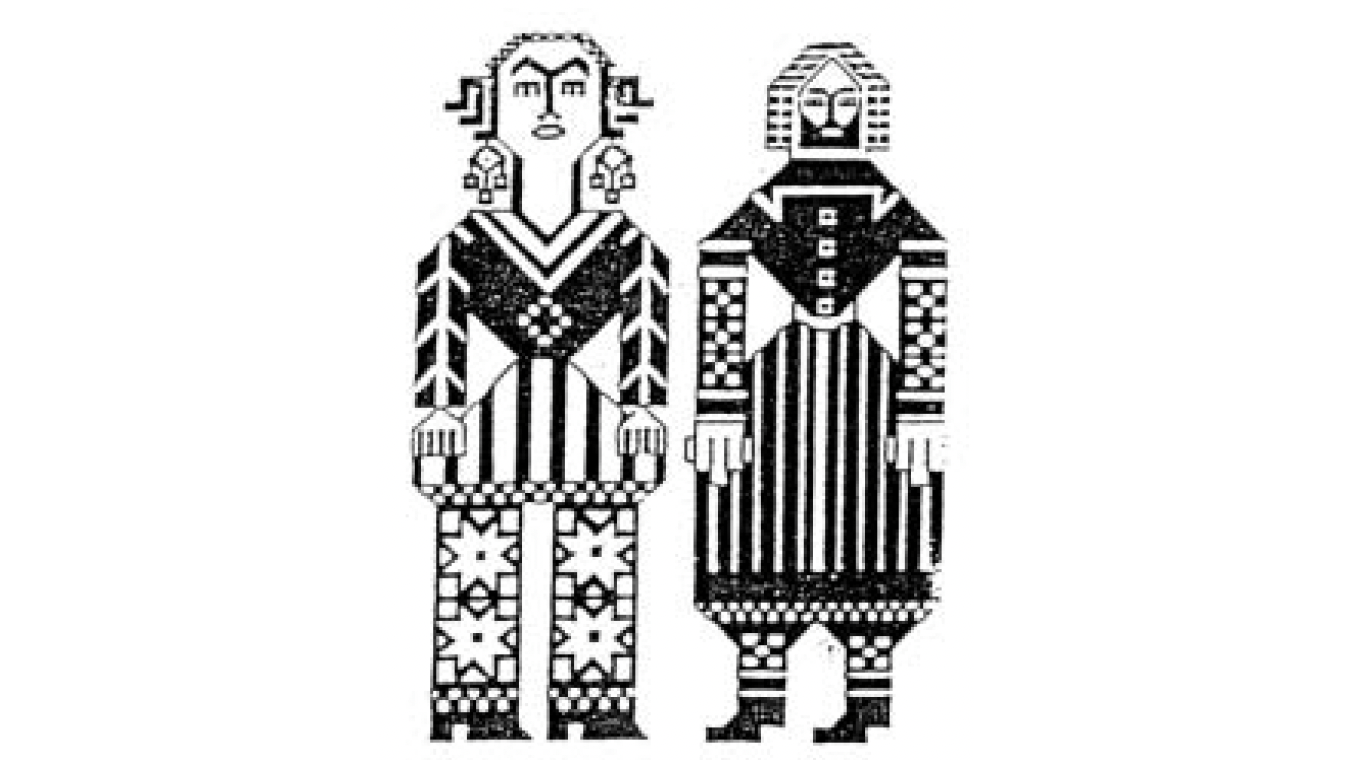


Leave a comment